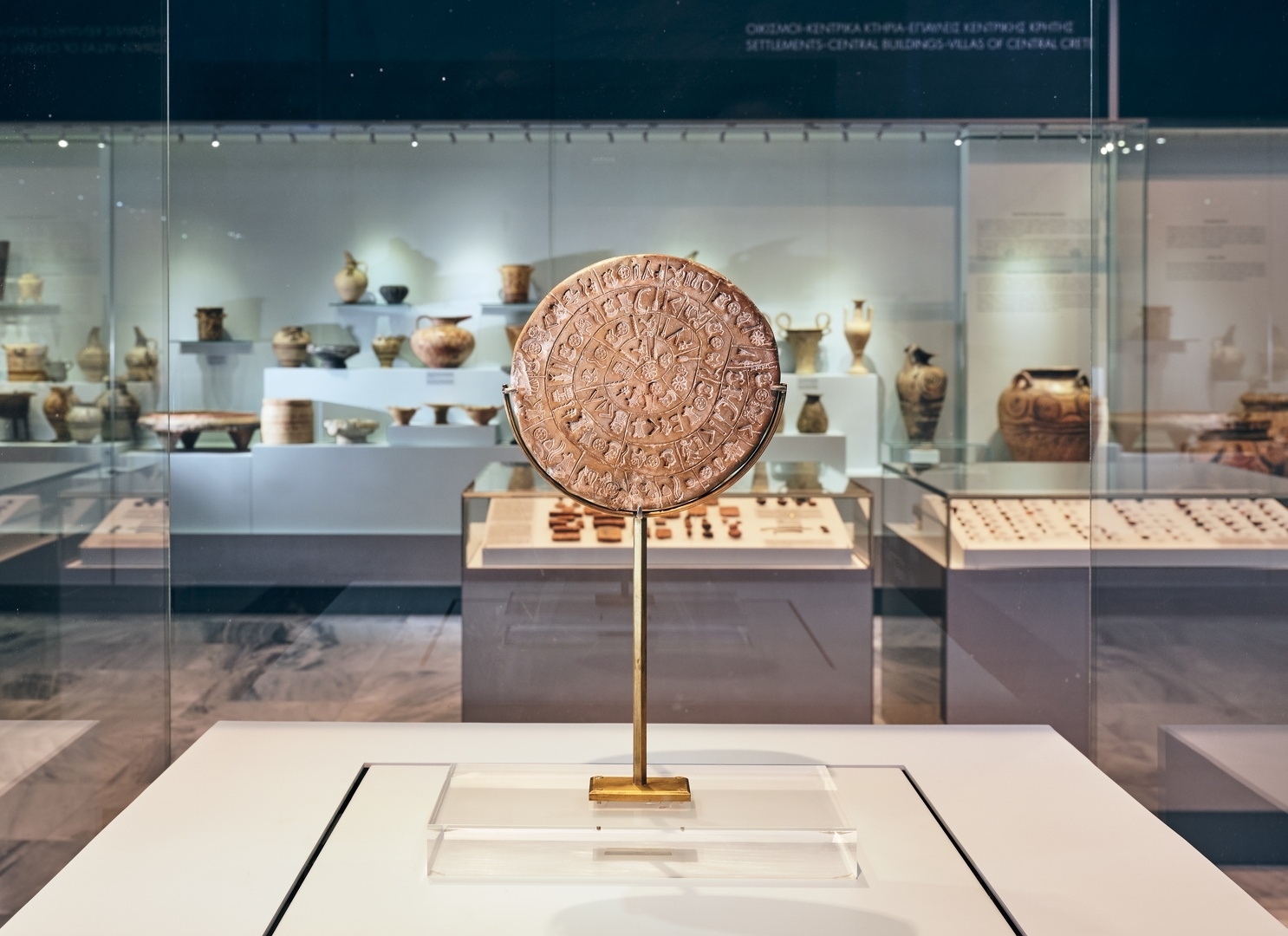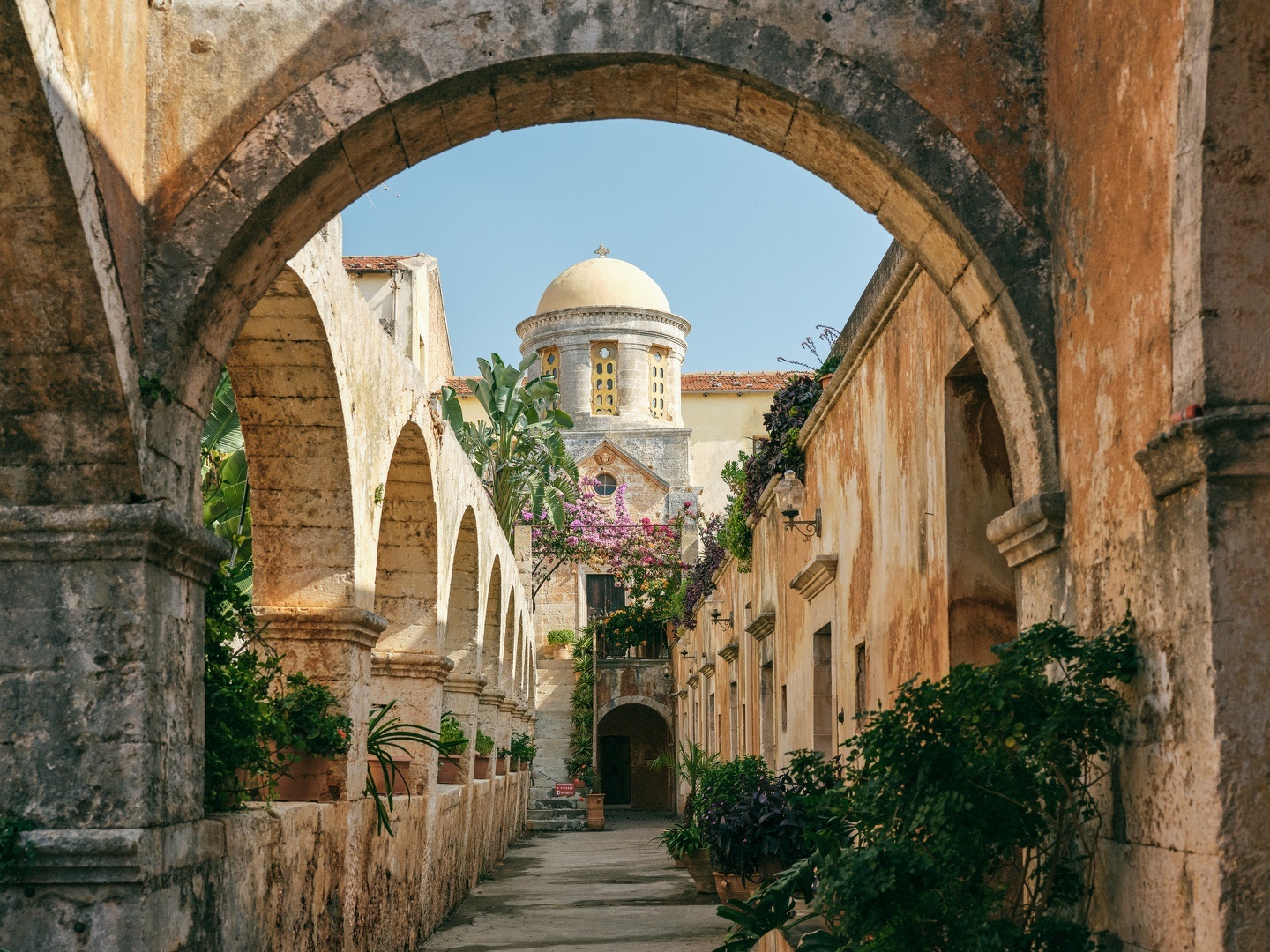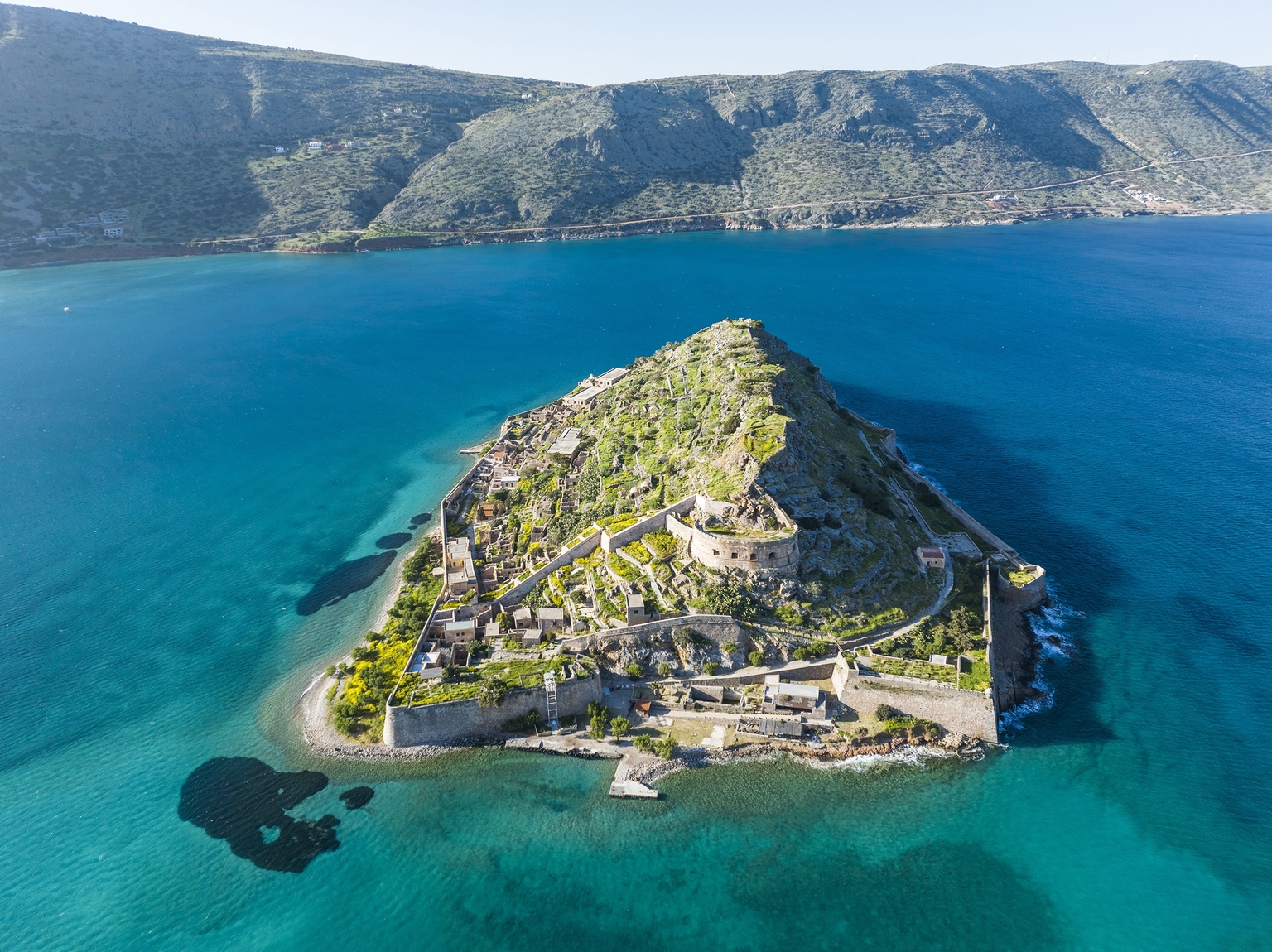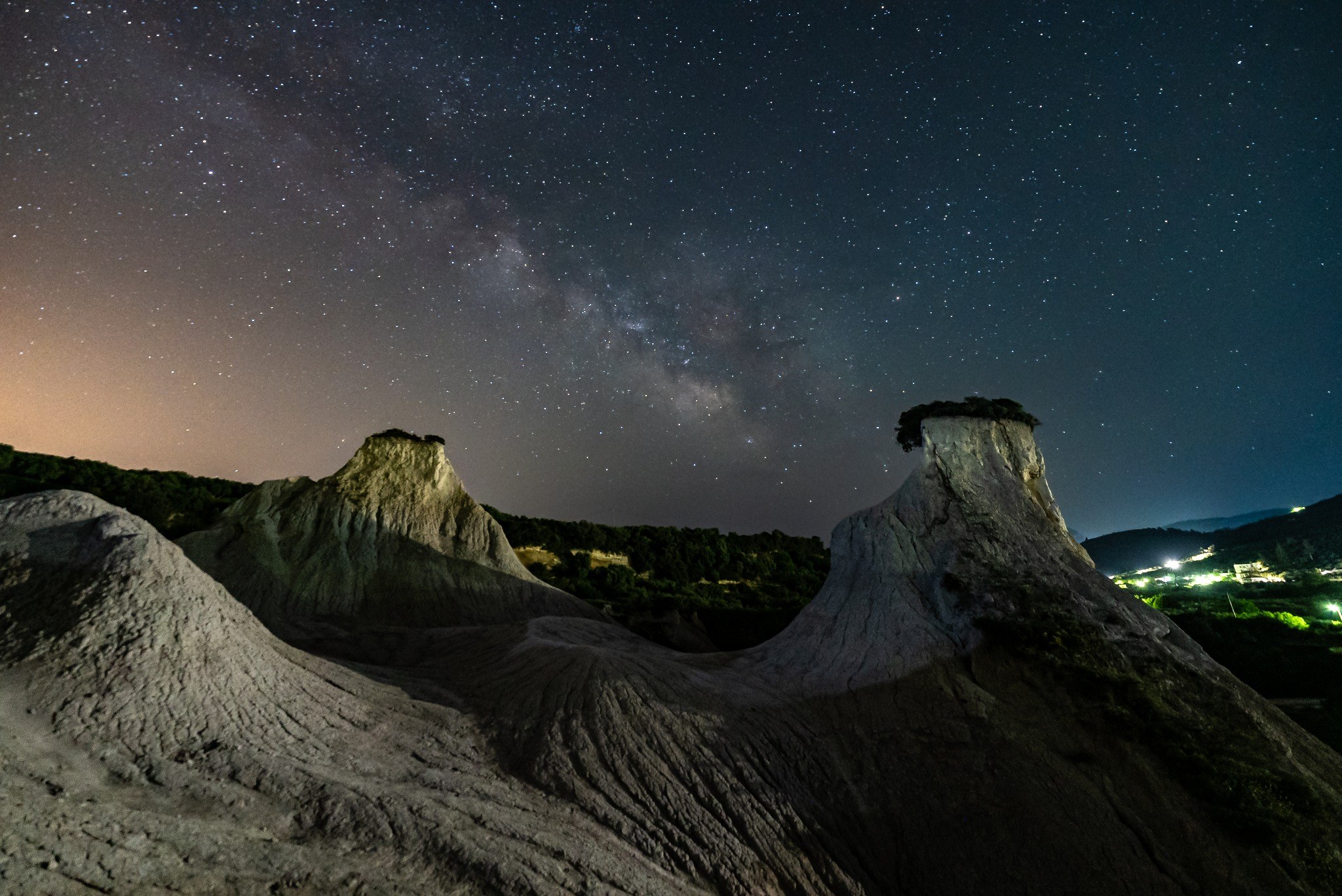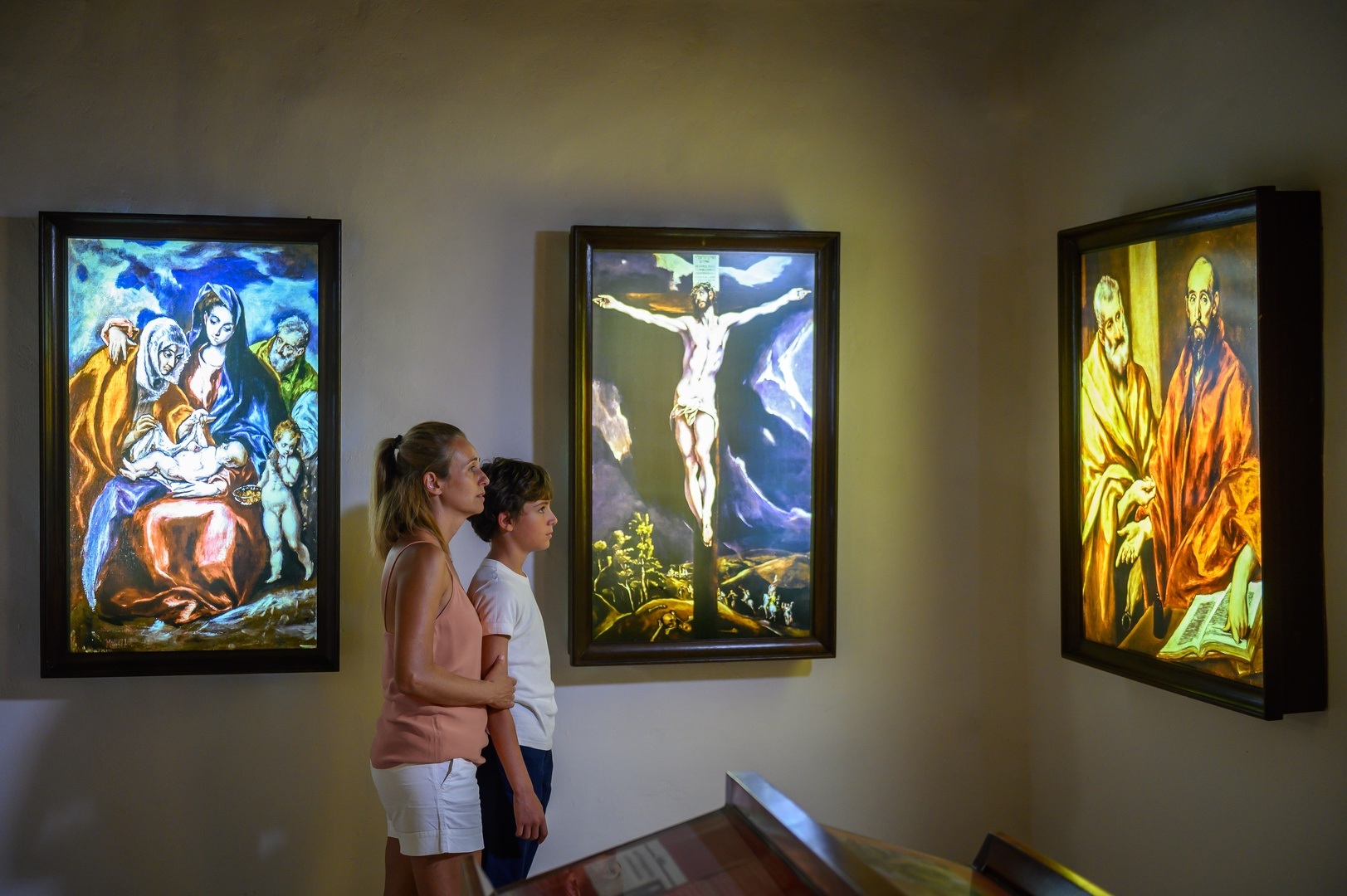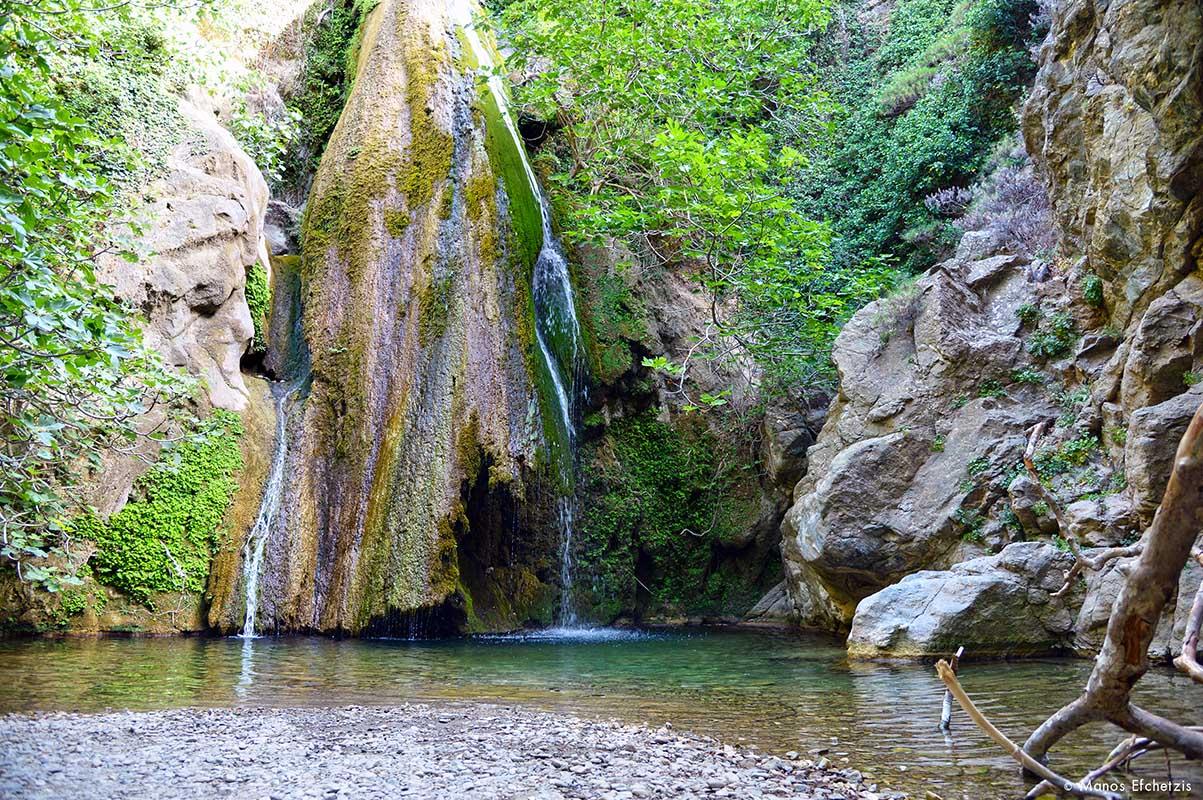
Where can it be found?
The bushy Dianthus fruticosus subsp. sitiacus, locally known as the Carnation of Sitia, typically thrives in hard-to-reach locations, and its distribution is constrained.
It is a bushy plant with numerous shoots and many fleshy leaves, creating large clusters with a diameter of 20-100 cm and a height of up to 10 cm. The flowers emerge in groups of 3-8.
It is found on coastal cliffs and in gorges on the vertical limestone rocks.
Photos: Vangelis Perakis, Sitia, Geopark Coordinator

The flora of Crete
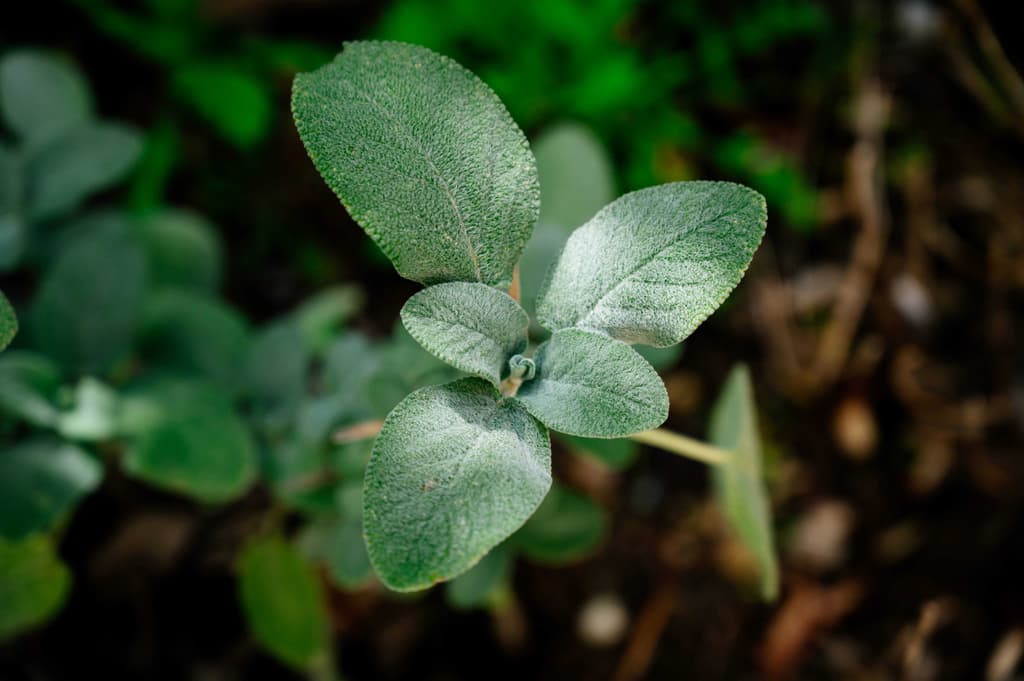
Greek Sage

Cretan Oregano or Cretan Marjoram
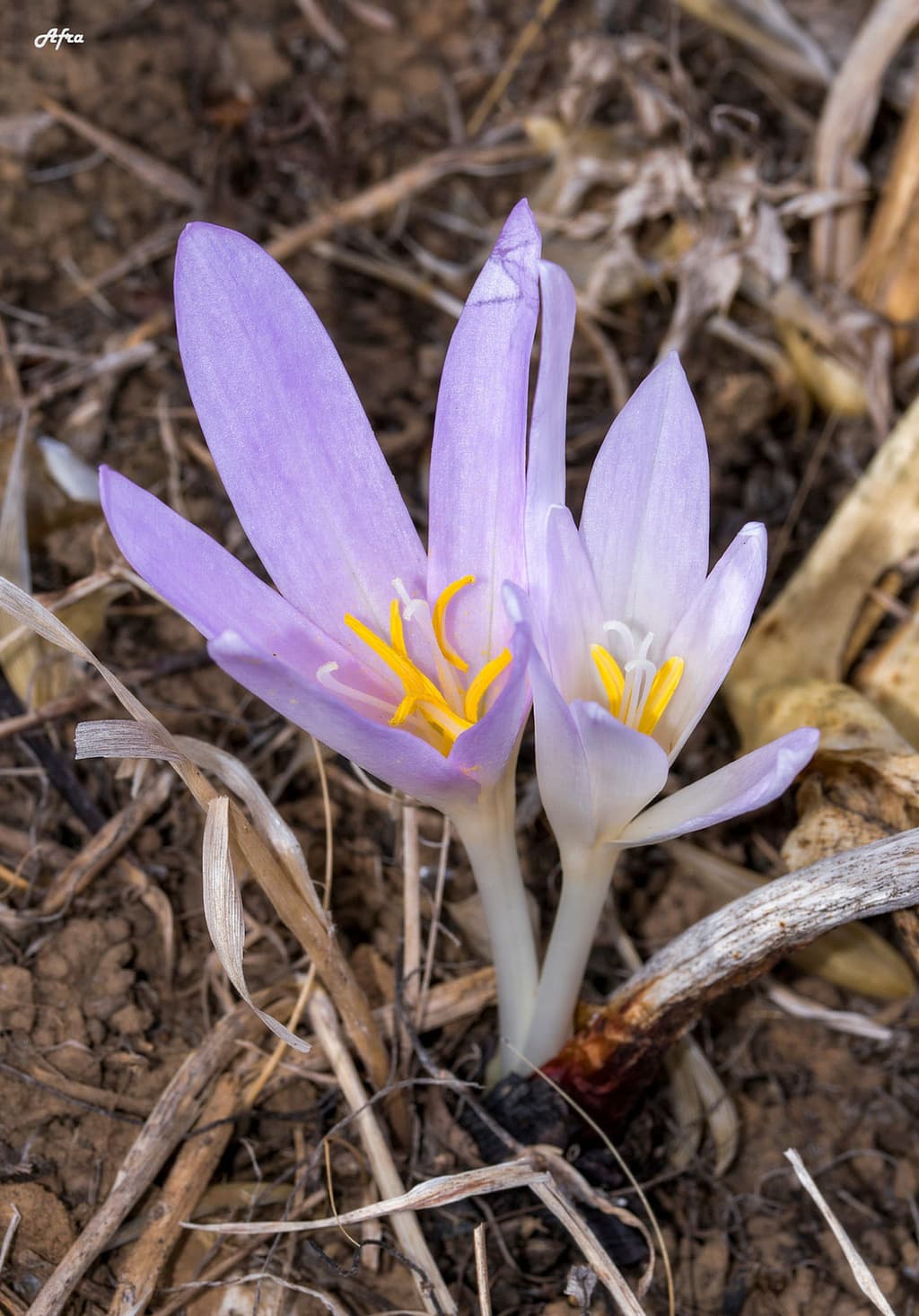
Colchicum Balansae - Balansa Colchico
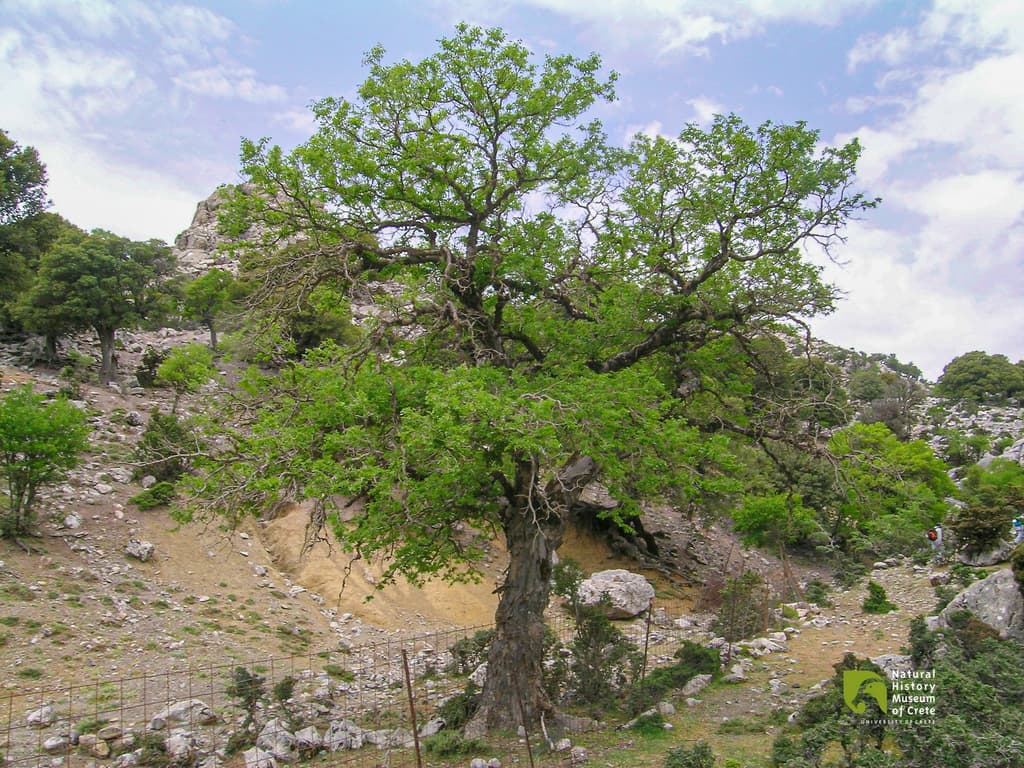
Cretan Zelkova
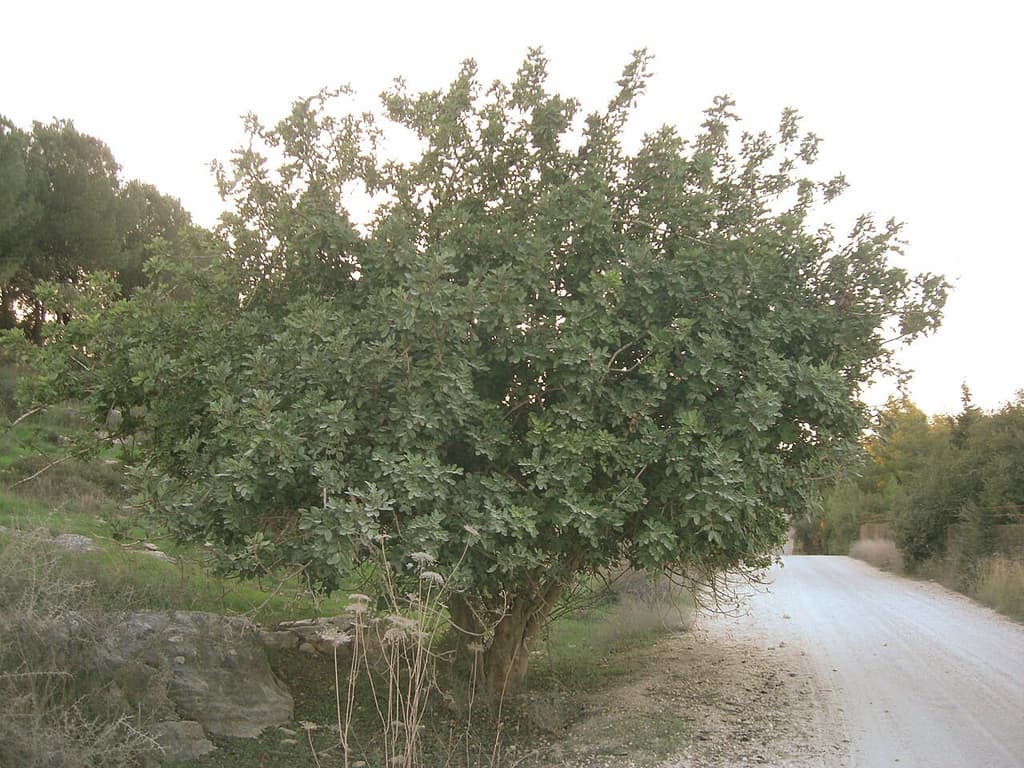
Carob Tree (Ceratonia Siliqua)
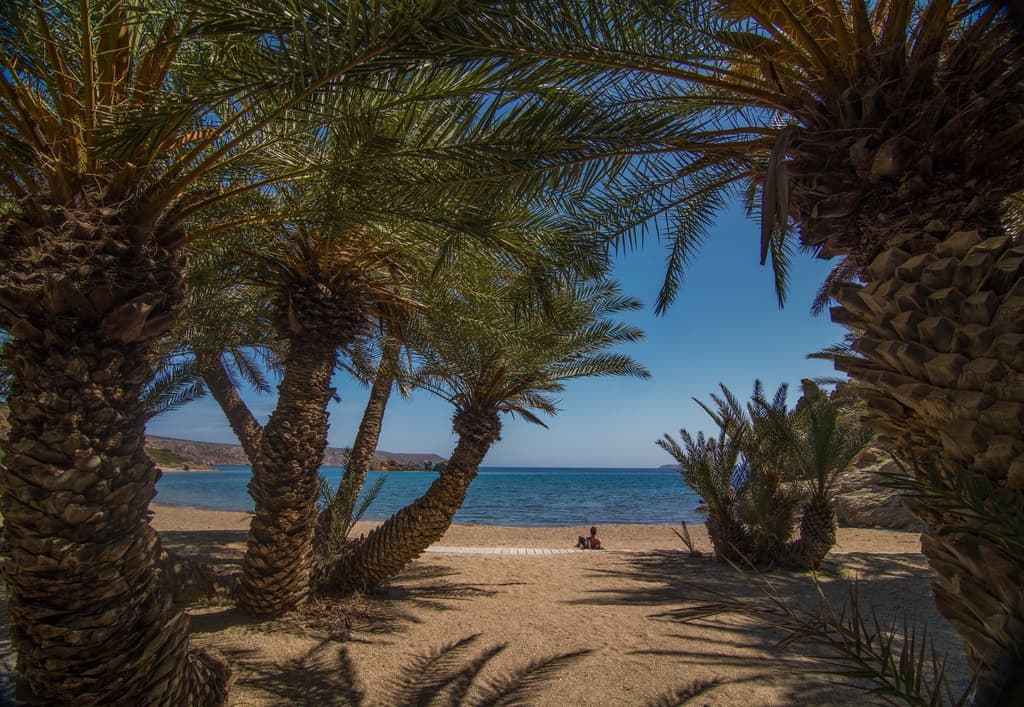
The Cretan Date Palm
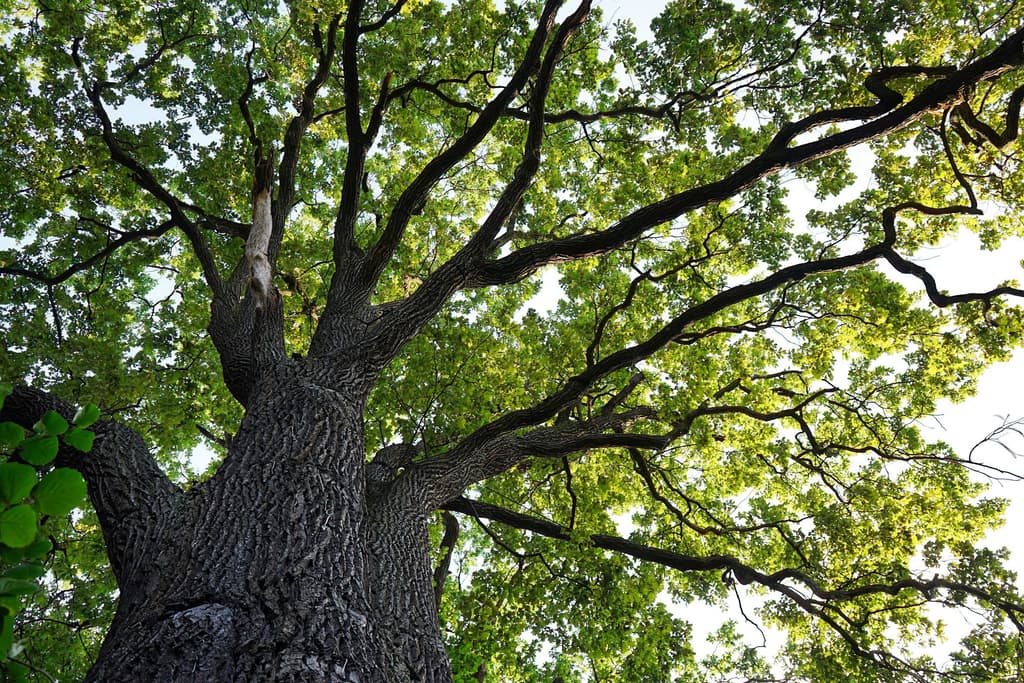
Kermes Oak (Quercus Coccifera)
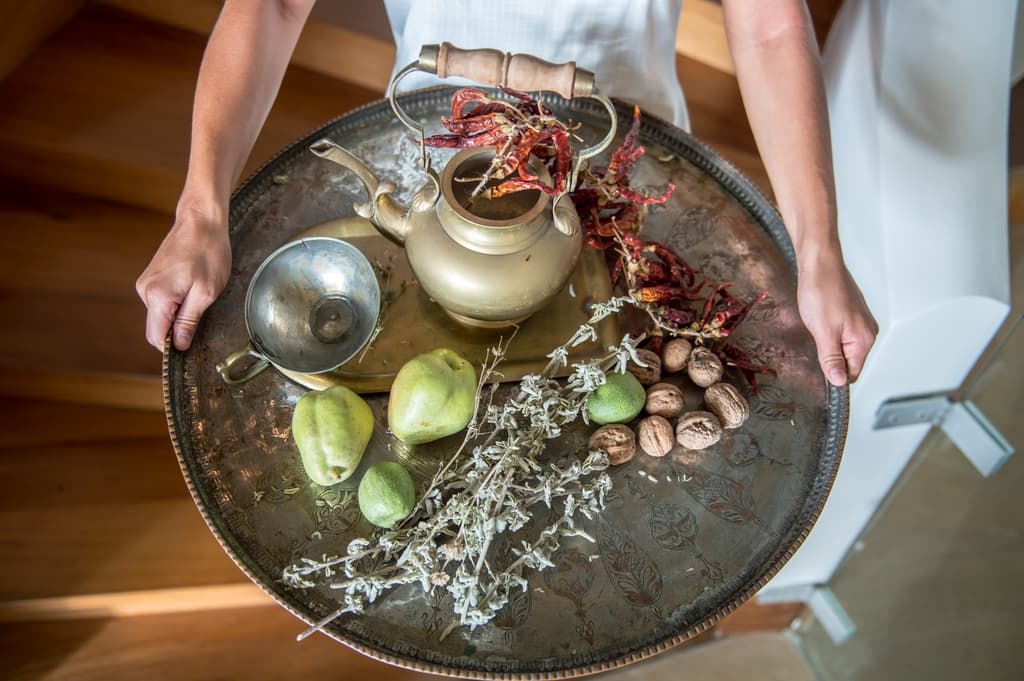
Ironwort
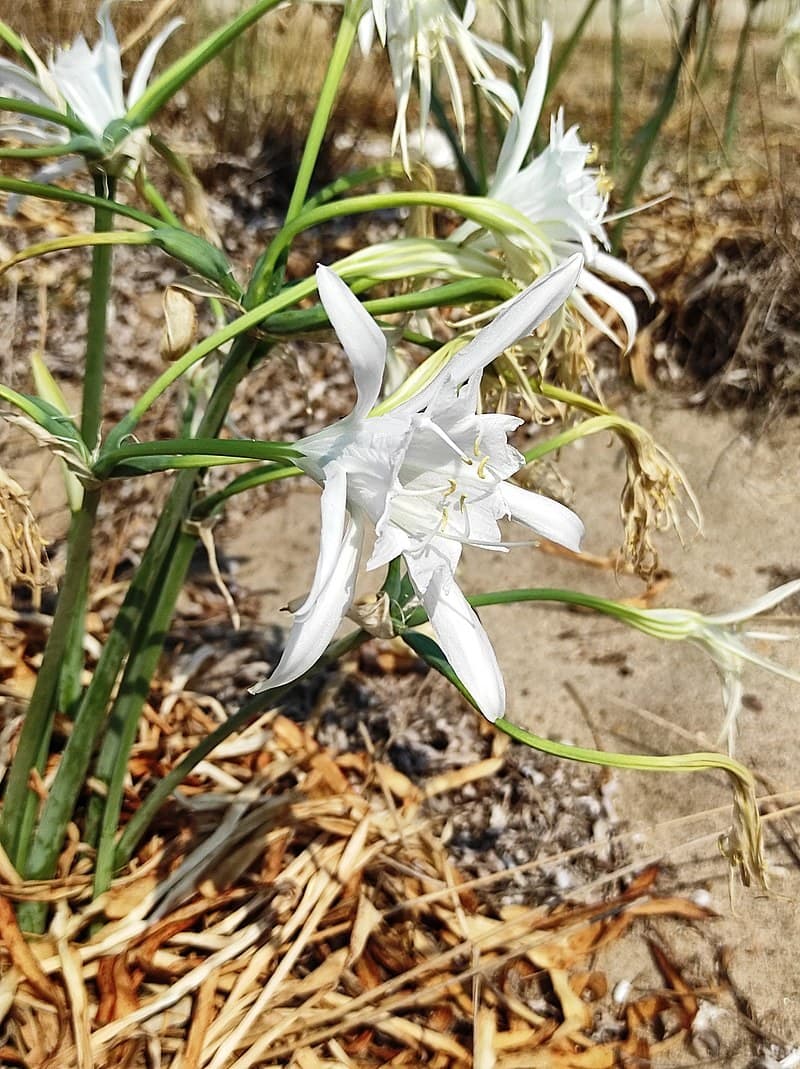
Sand Lily, Sea Lily (Pancratium Maritimum)
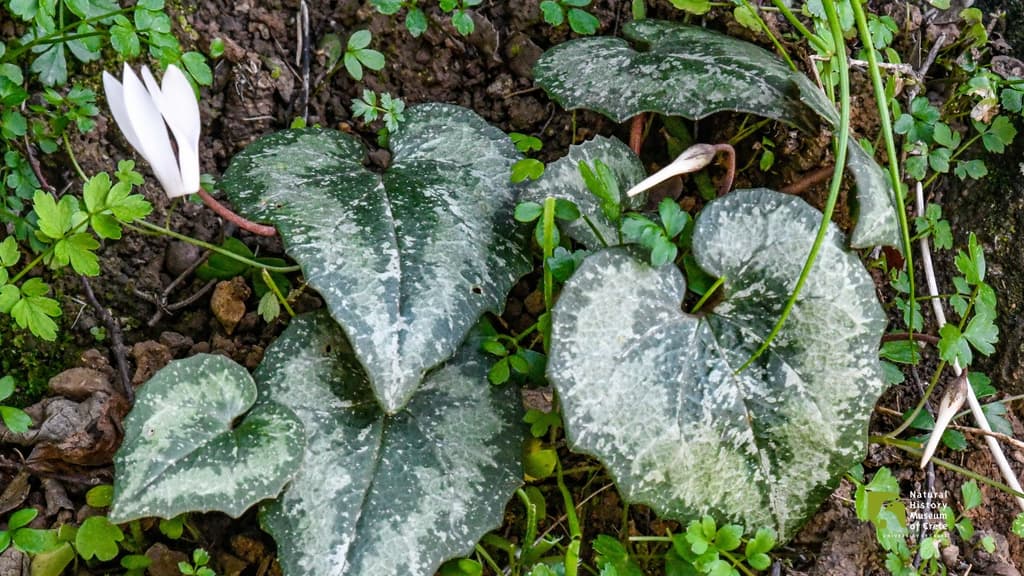
Cretan Cyclamen
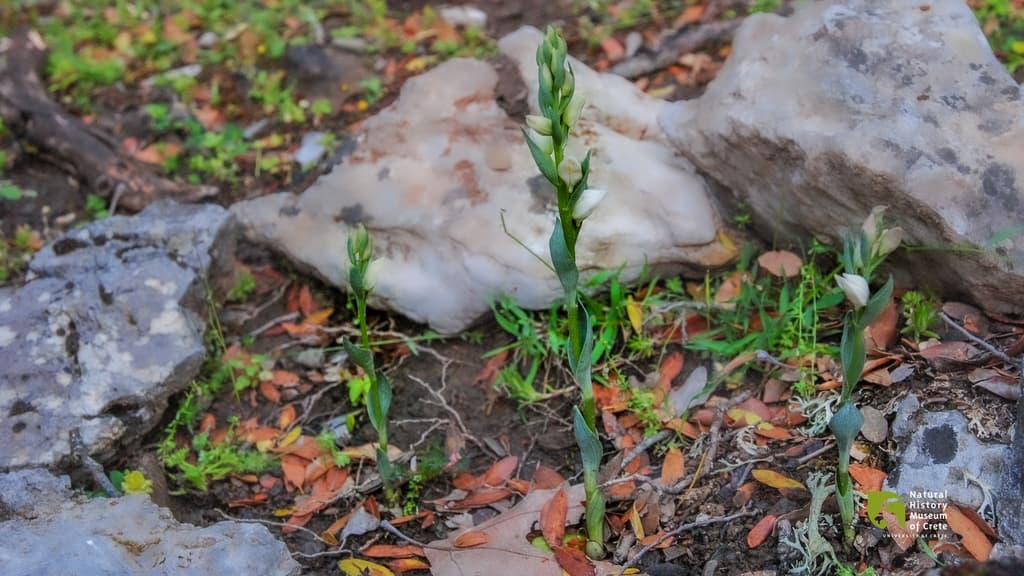
The Cretan Cephalanthera
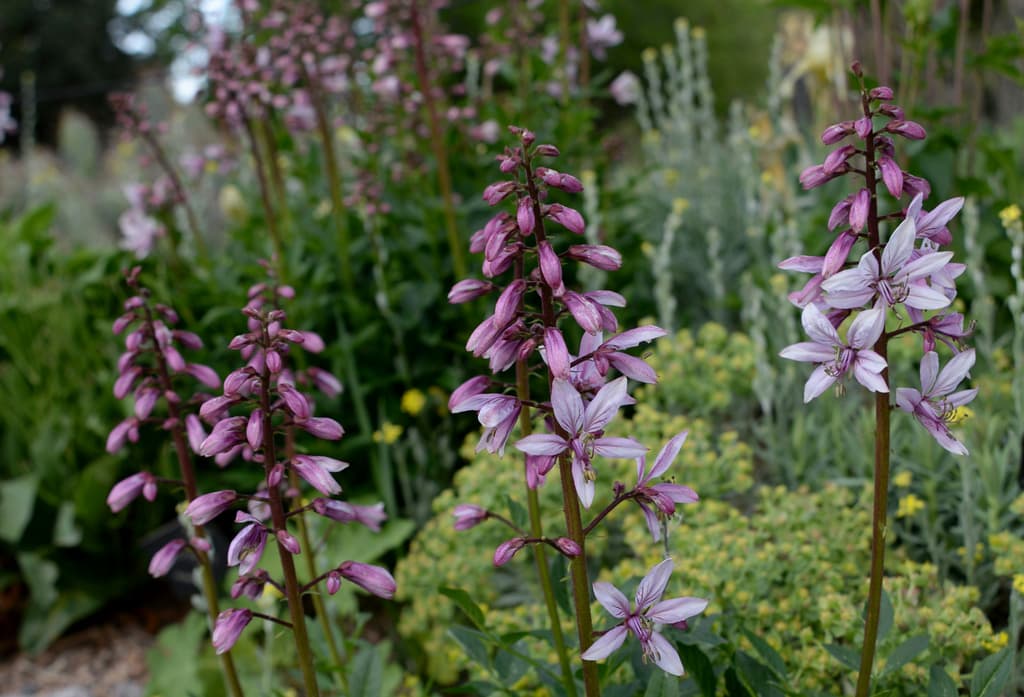
Dittany
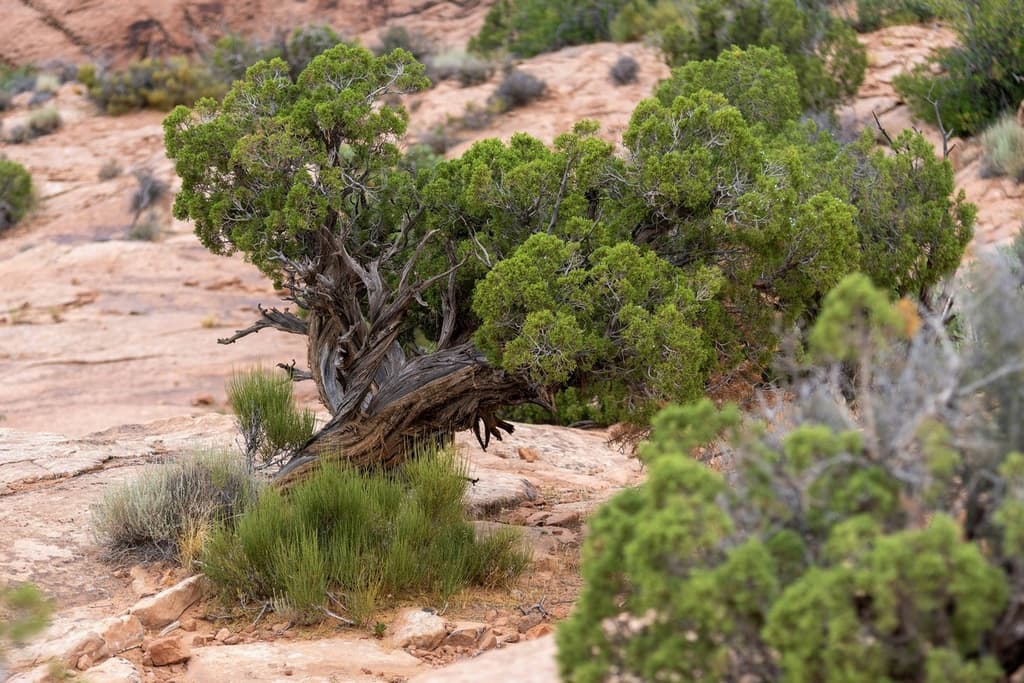
Phoenician Juniper and Large-Fruited Juniper

Gallipoli Rose
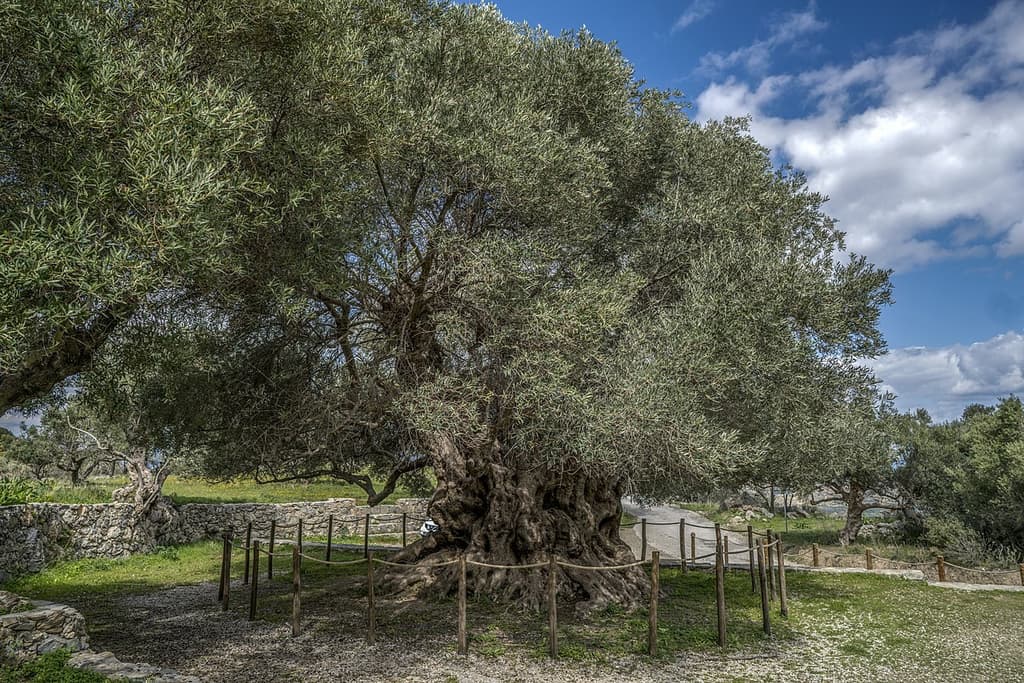
Natural Monuments
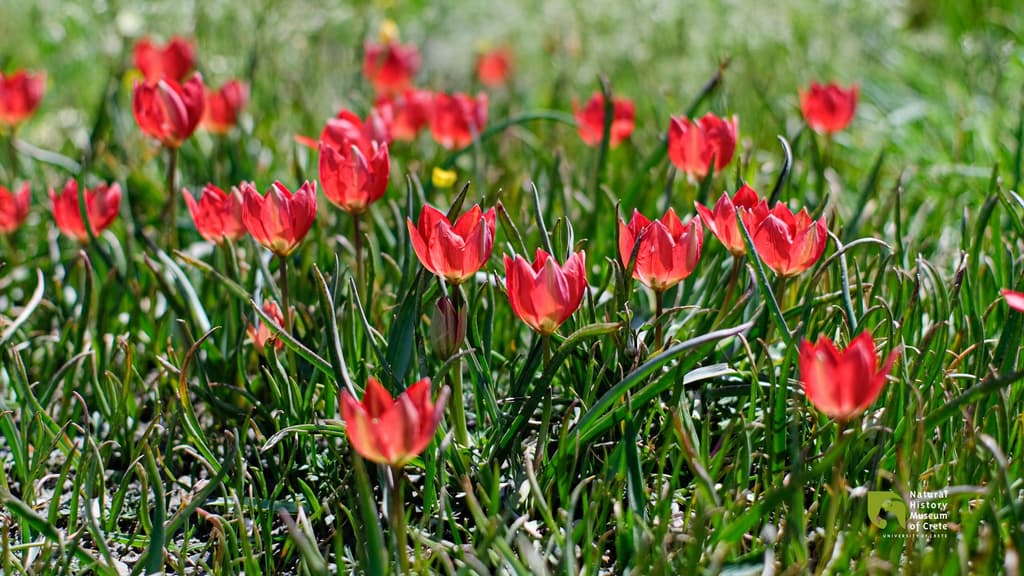
Lilac Wonder (Tulipa doerfleri)

The Ancient Olive Tree of Vouves

The Olive Tree of Azorias
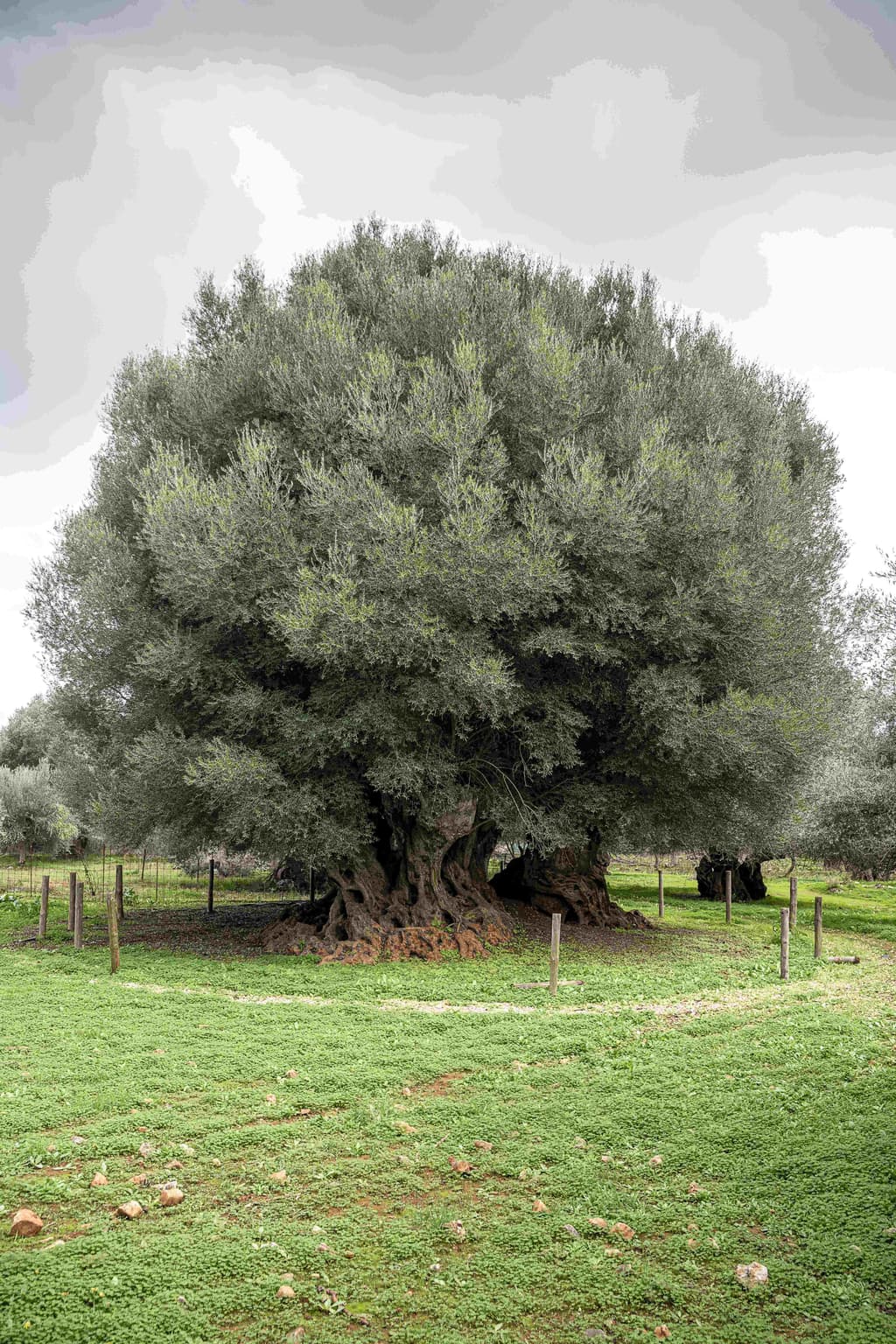
Olive tree of Samonas
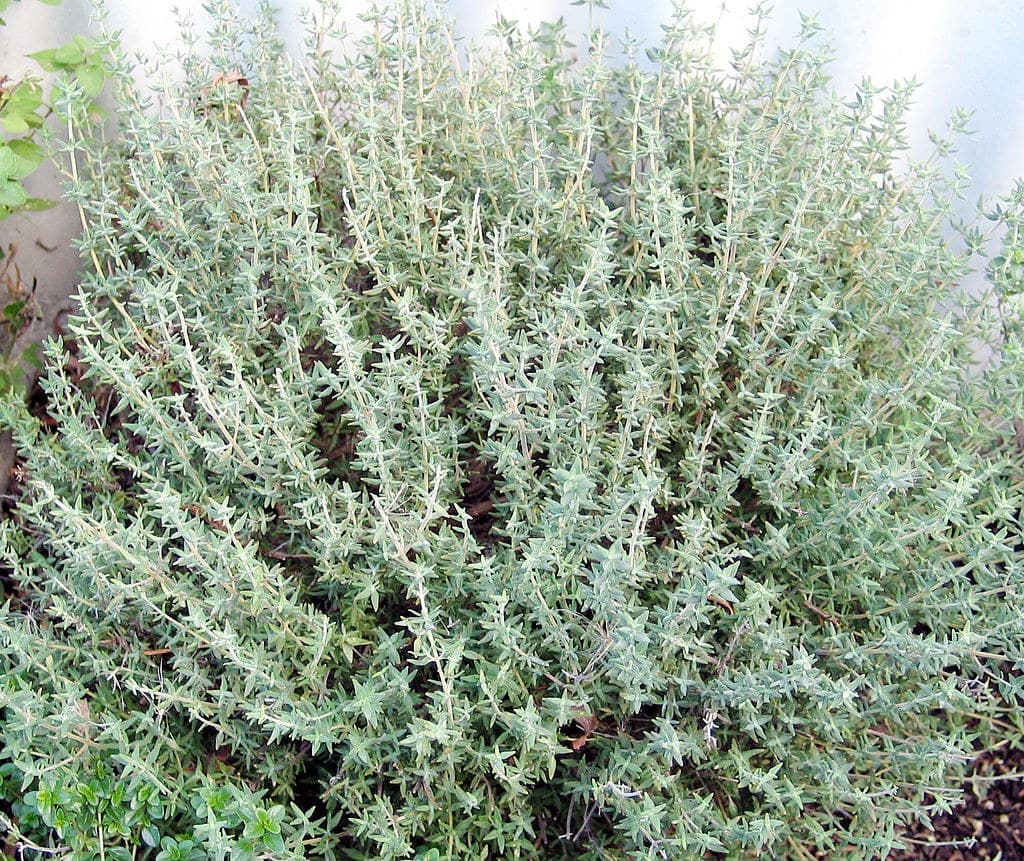
Thyme
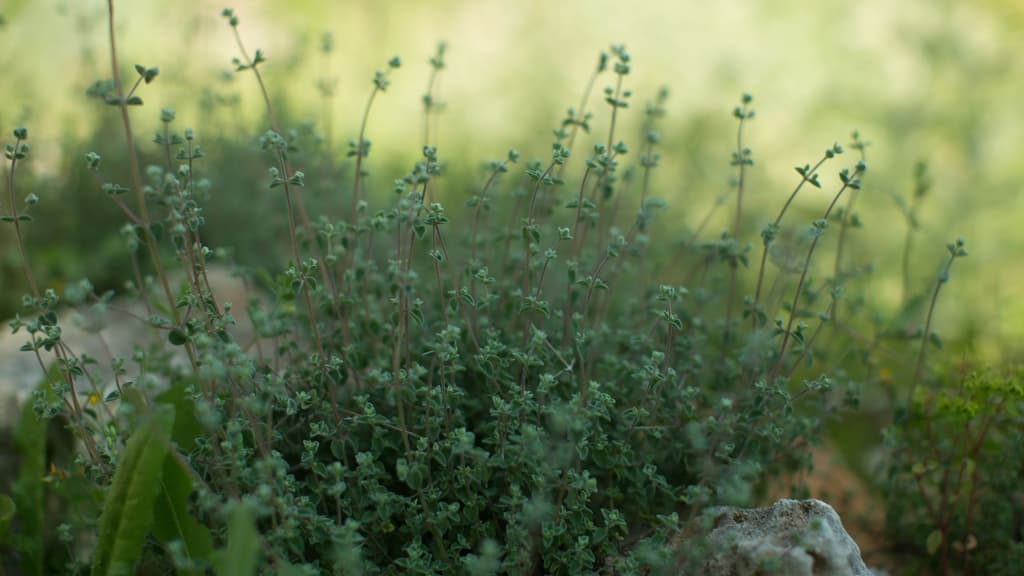
Oregano

Camomile
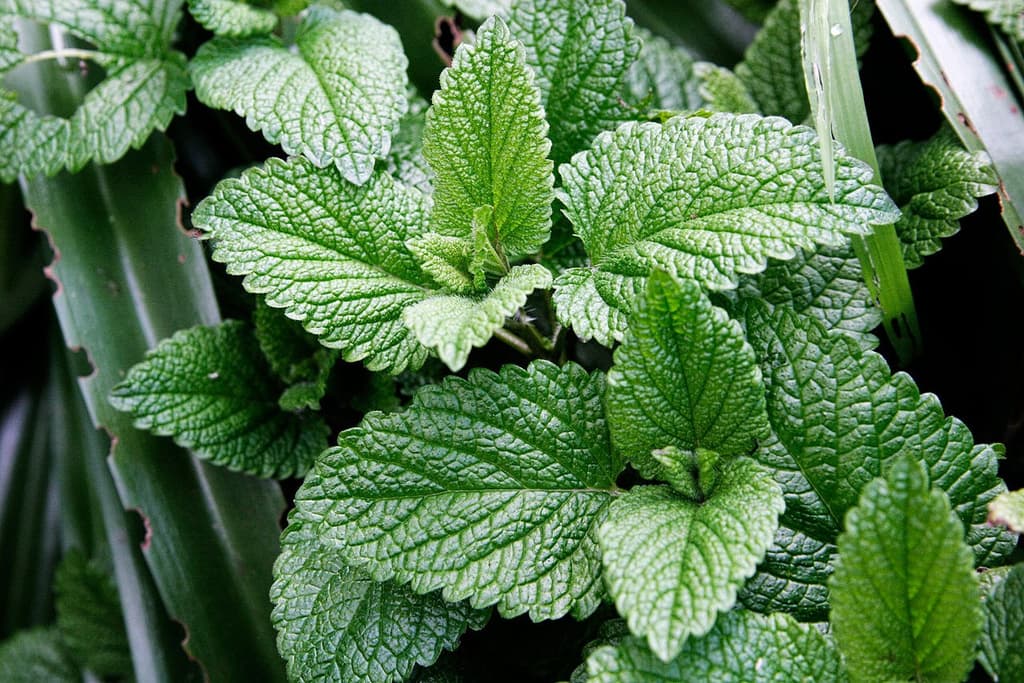
Mint
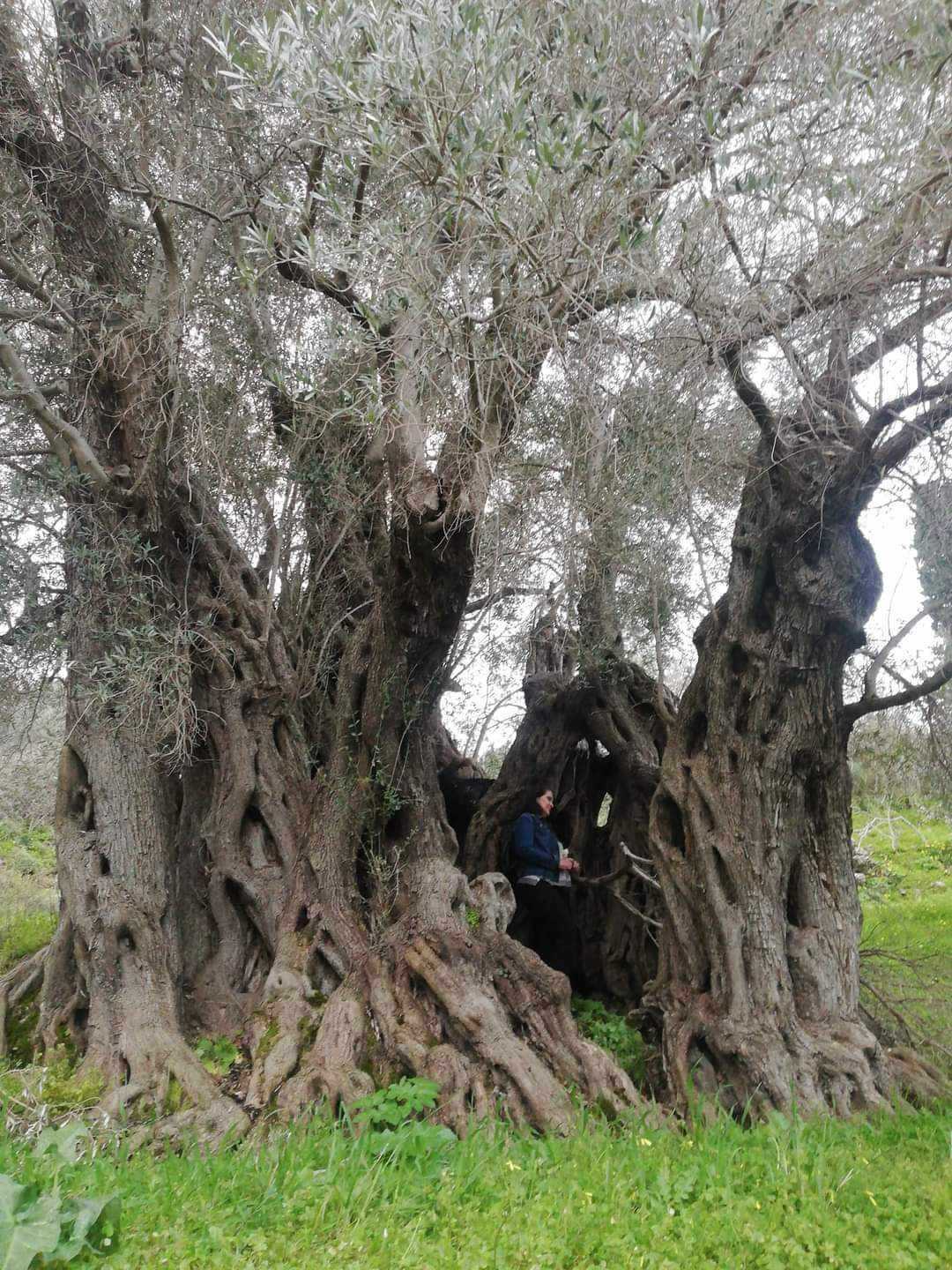
Preserving the Heritage: Ancient Olive Trees of Crete
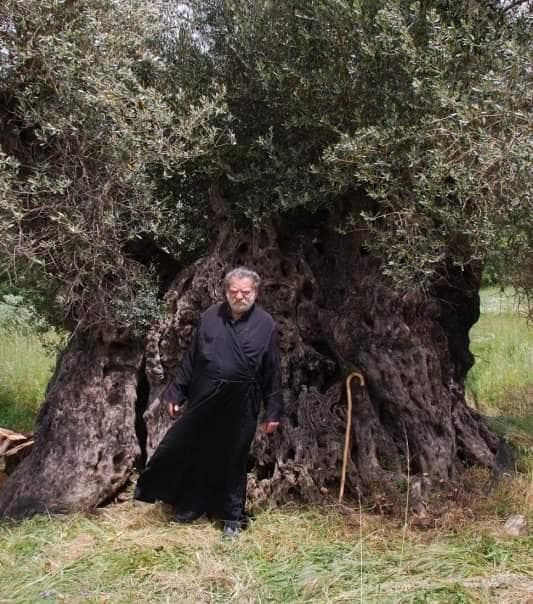
The Ancient Olive Tree of Vrysses, Amari

Bali's Ancient Olive Tree: Documented in Preservation Efforts
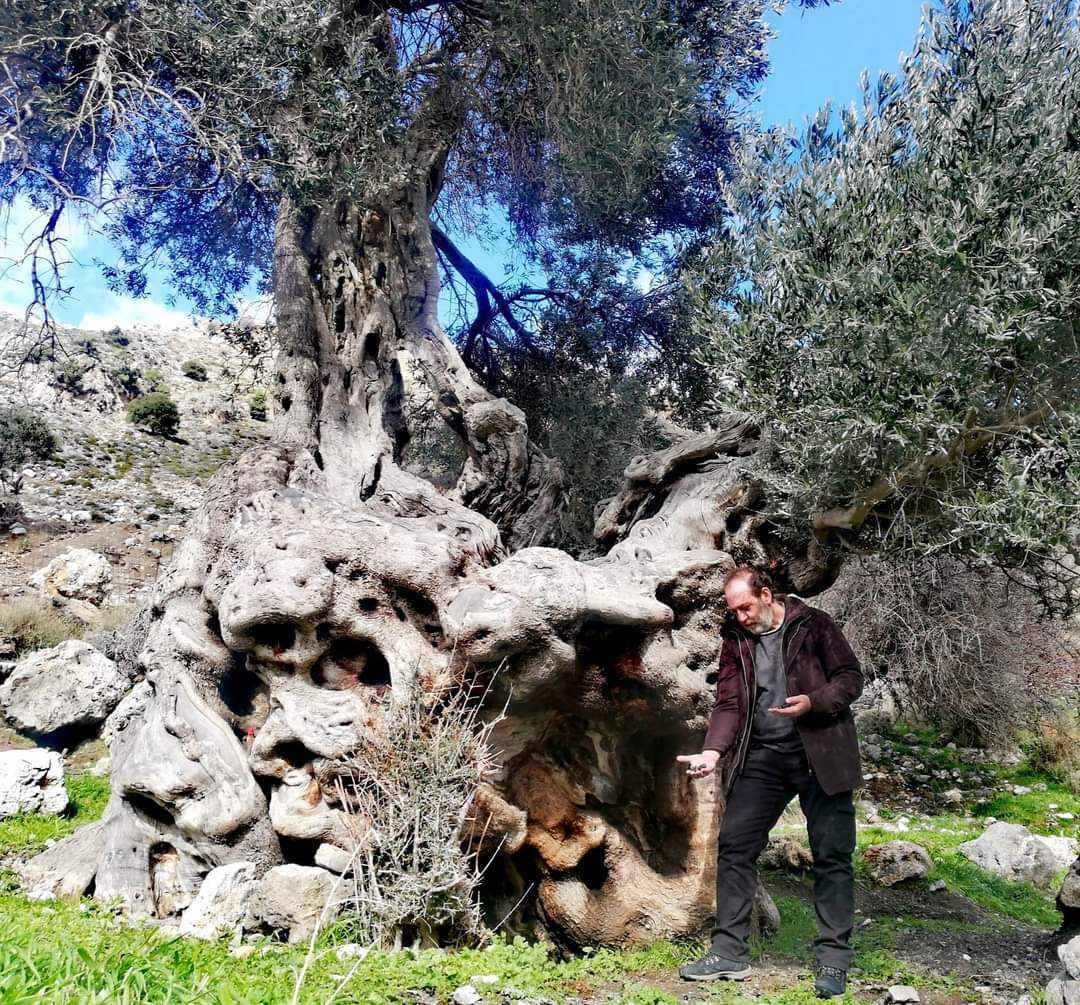
Gra Elia (The Old Olive Tree)
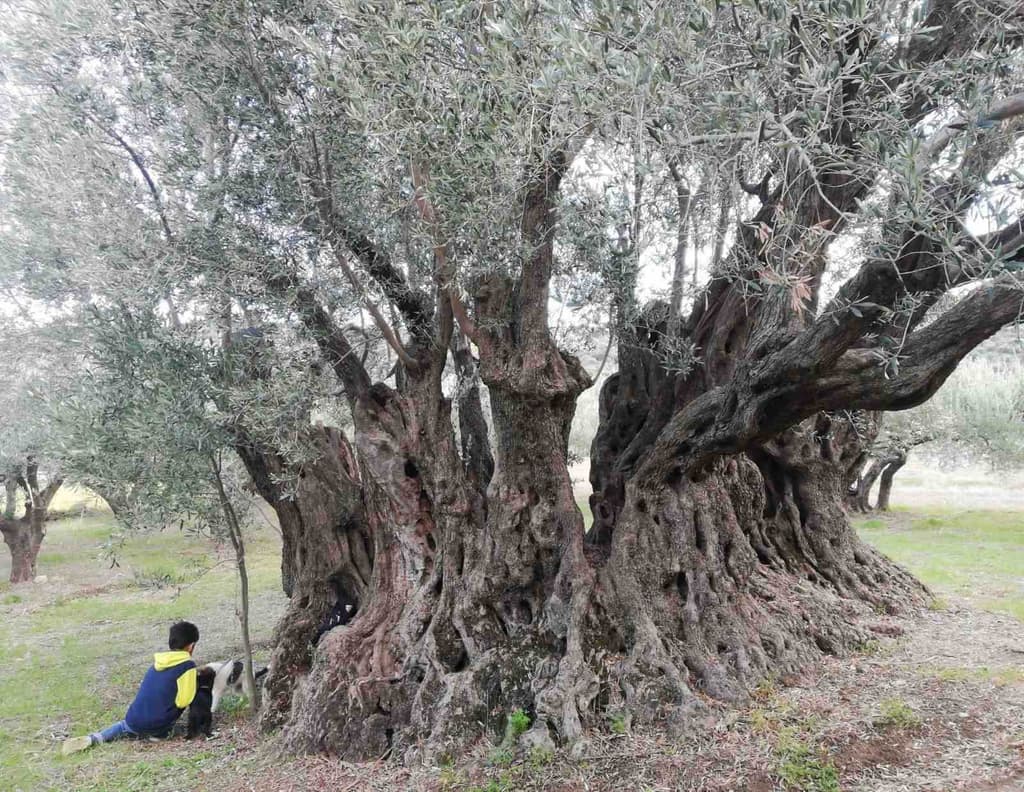
The Ancient Olive Tree of Kato Asites: Host to the 1st Olive Festival
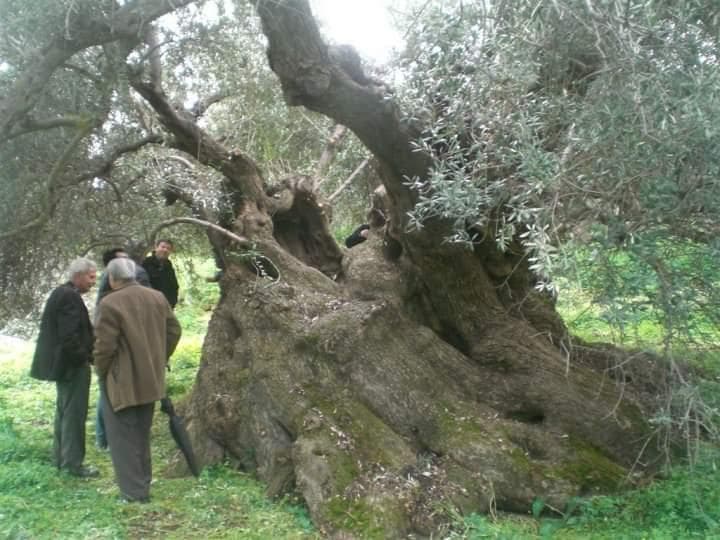
Sitia's Ancient Olive Tree: A Record of Preservation Initiatives

Asperula Crassula
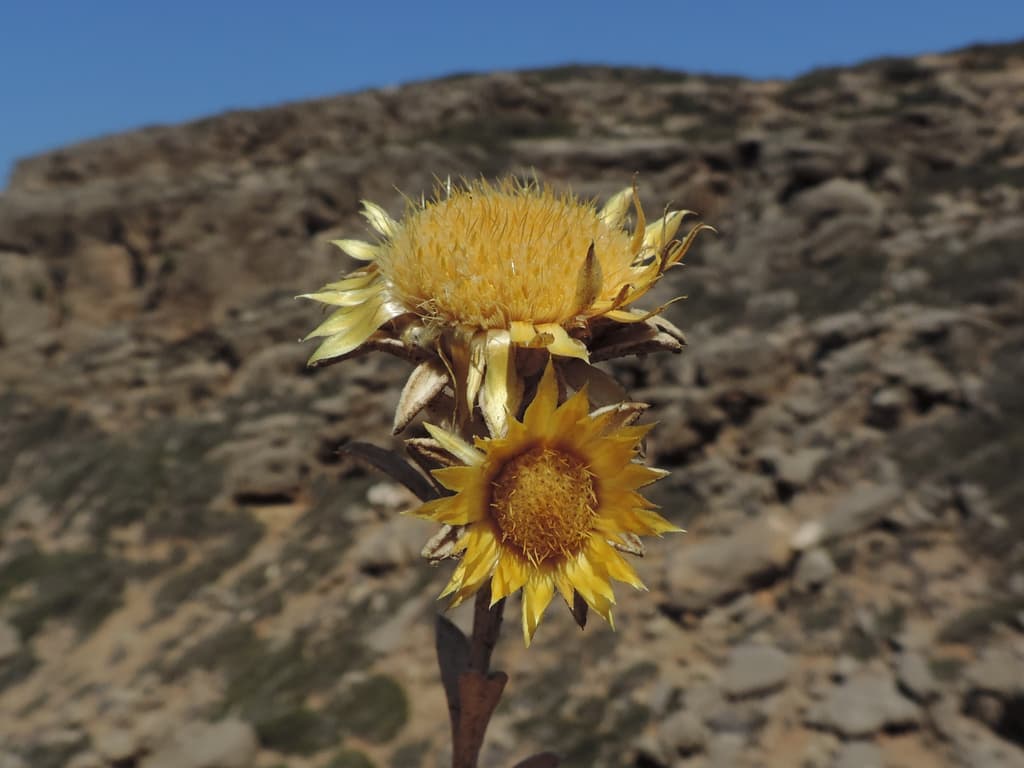
Carlina diae, Carlina of Dia

Anthemis Filicaulis, Slender-stemmed Chamomile

Silene Holzmannii
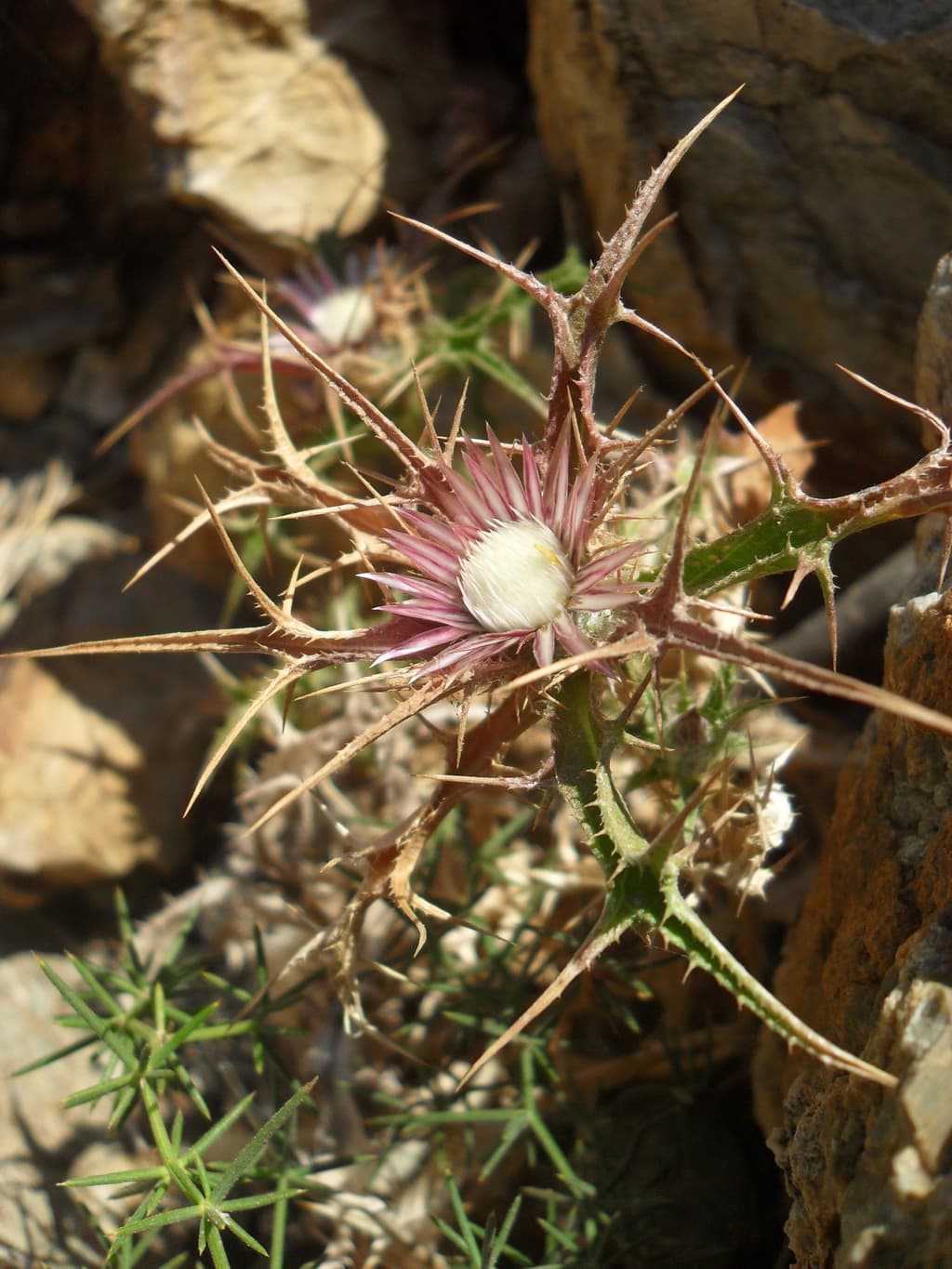
Carlina Sitiensis
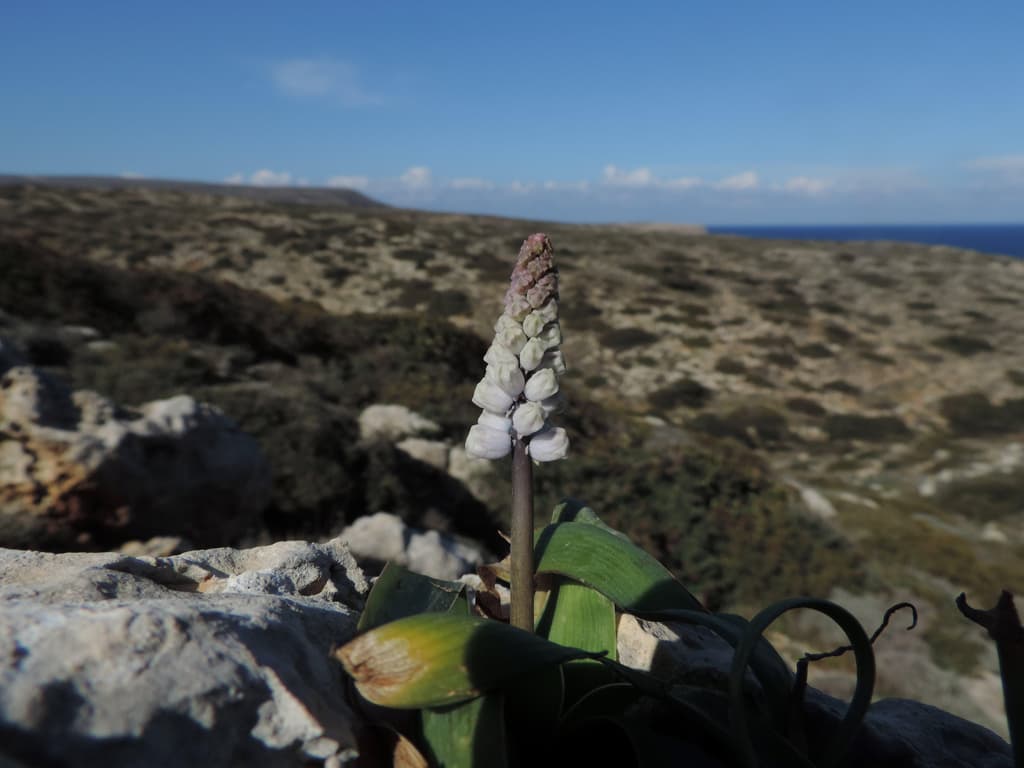
Bellevalia Sitiaca

Limonium Sitiacum
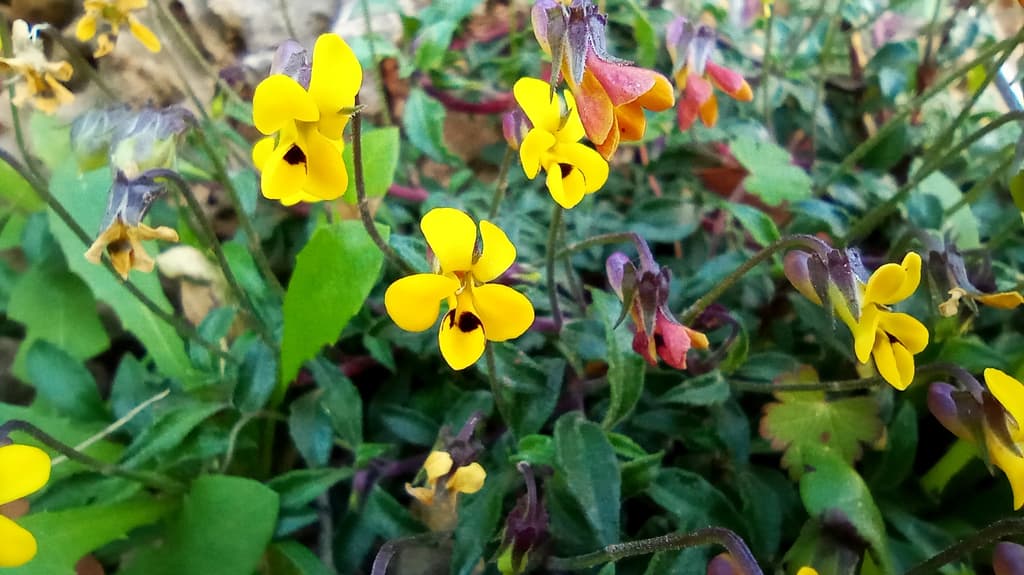
Viola Scorpiuroides
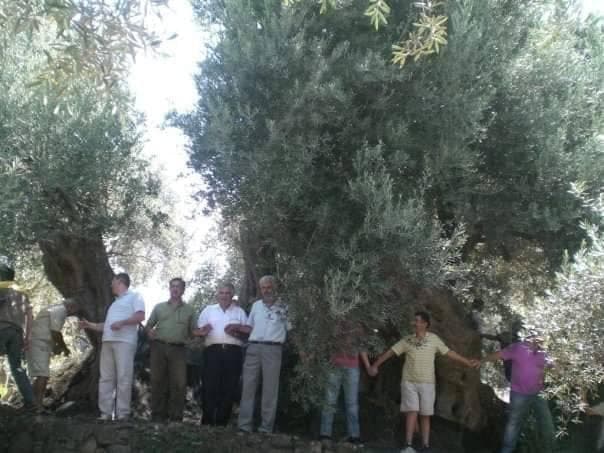
The Ancient Olive Tree of Kakodiki
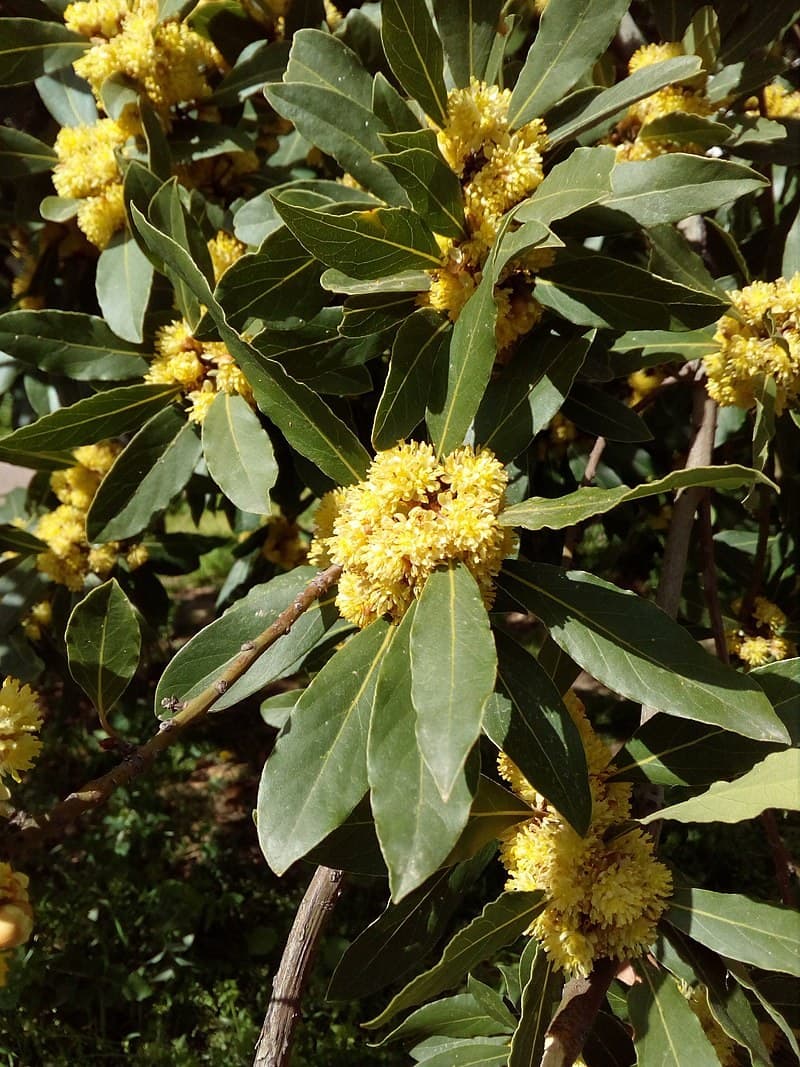
Laurel
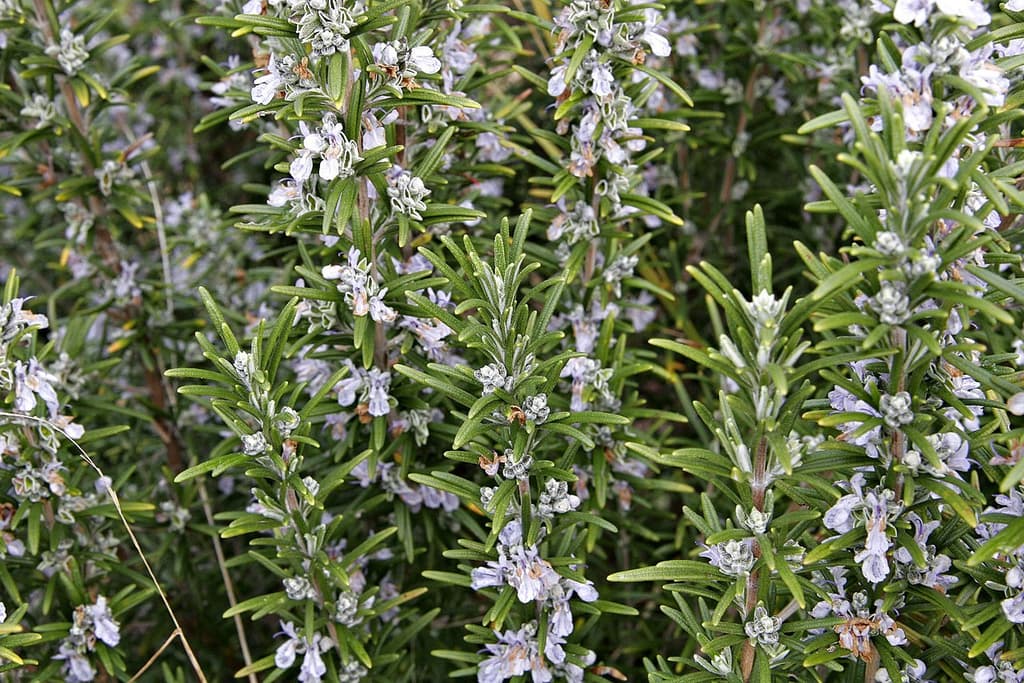
Rosemary
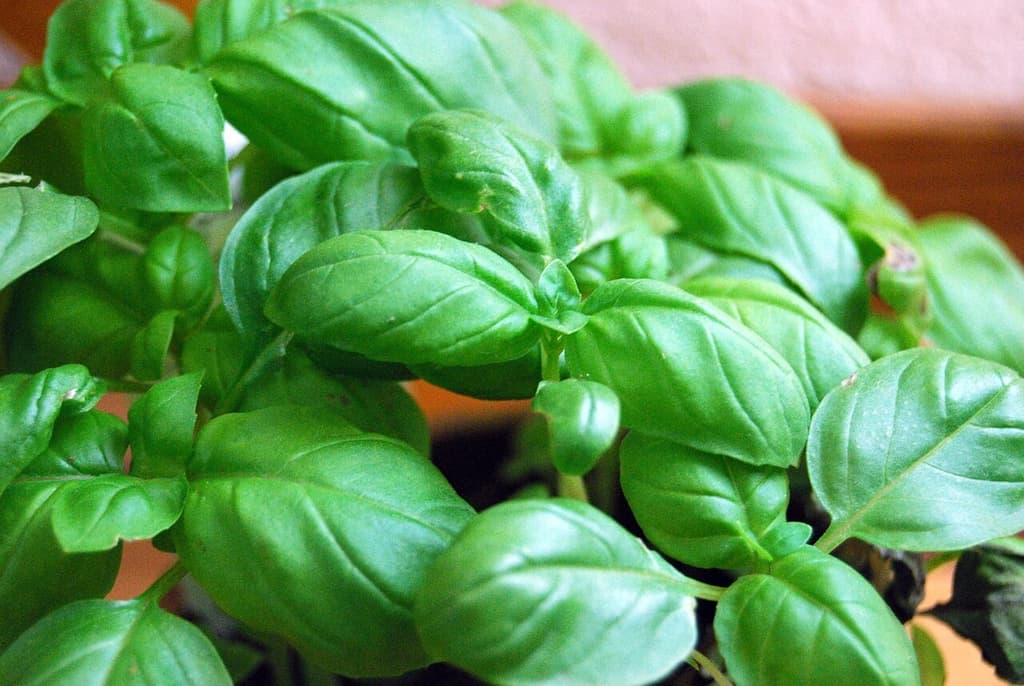
Common Basil

Honeysuckle
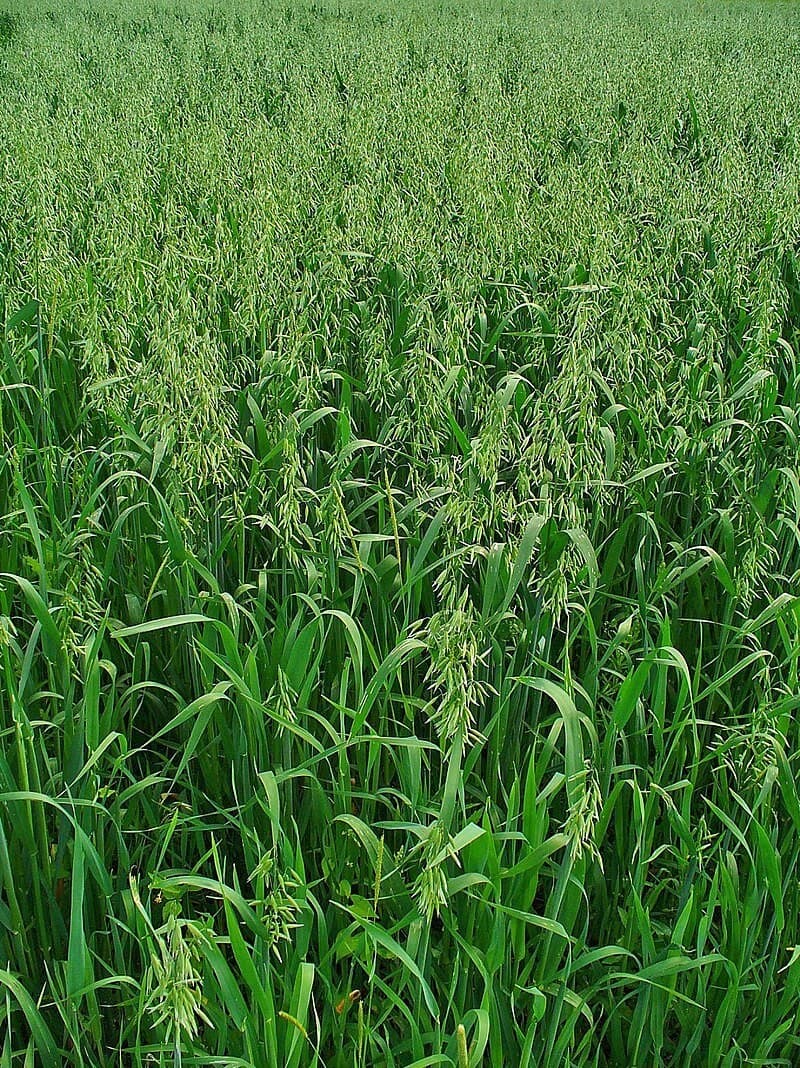
Oat
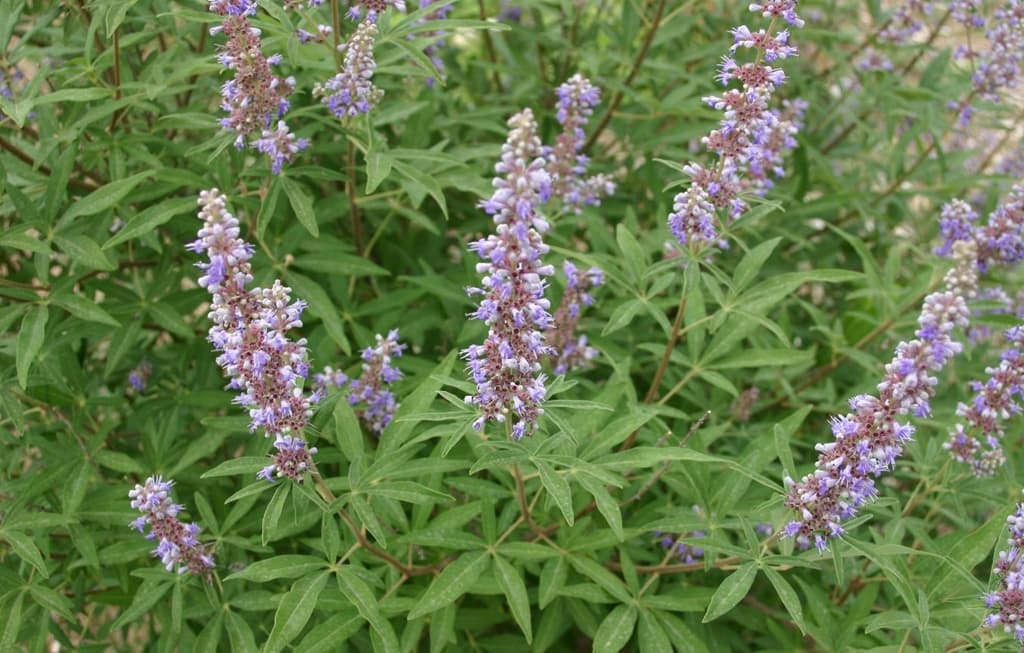
Chaste tree
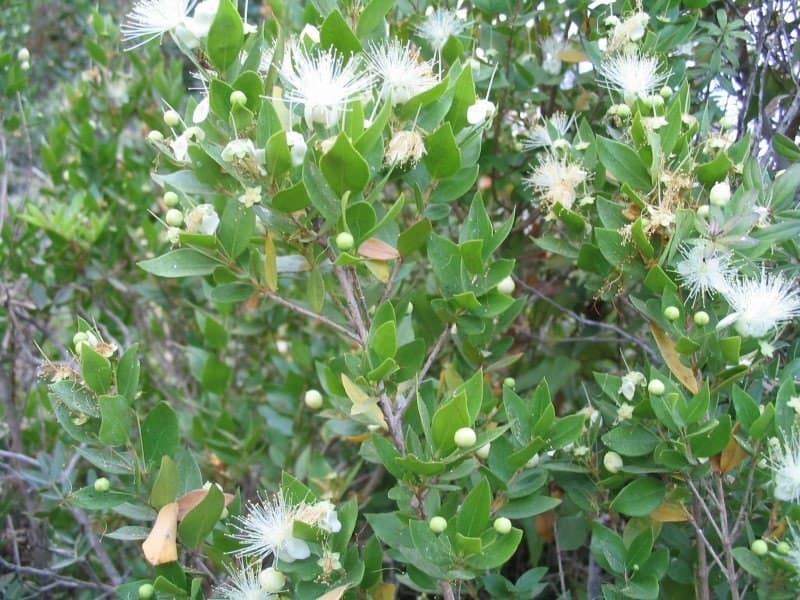
Myrtle
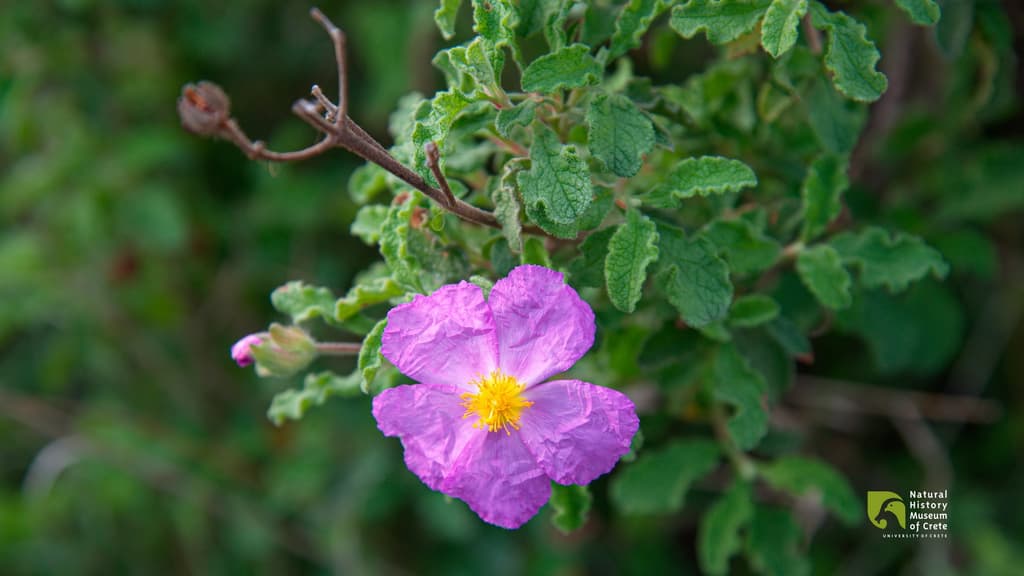
Cretan Rockrose

Ophrys Sitiaca
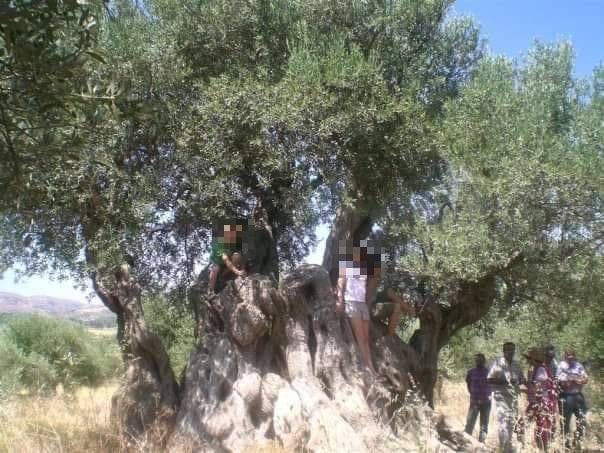
The Ancient Olive Tree of Viannos: Unveiling a Treasured Discovery
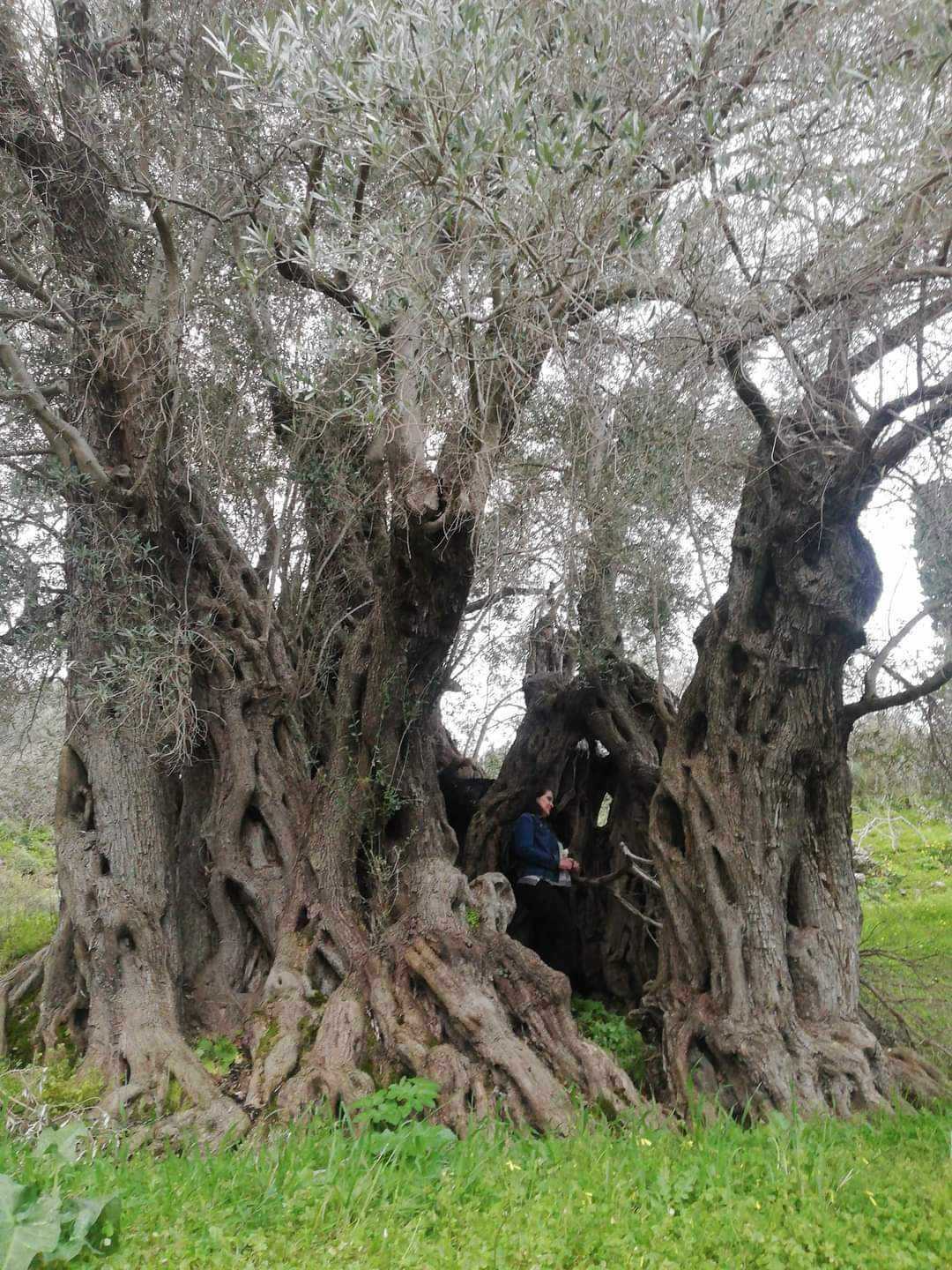
The Ancient Olive Tree of Fourfouras
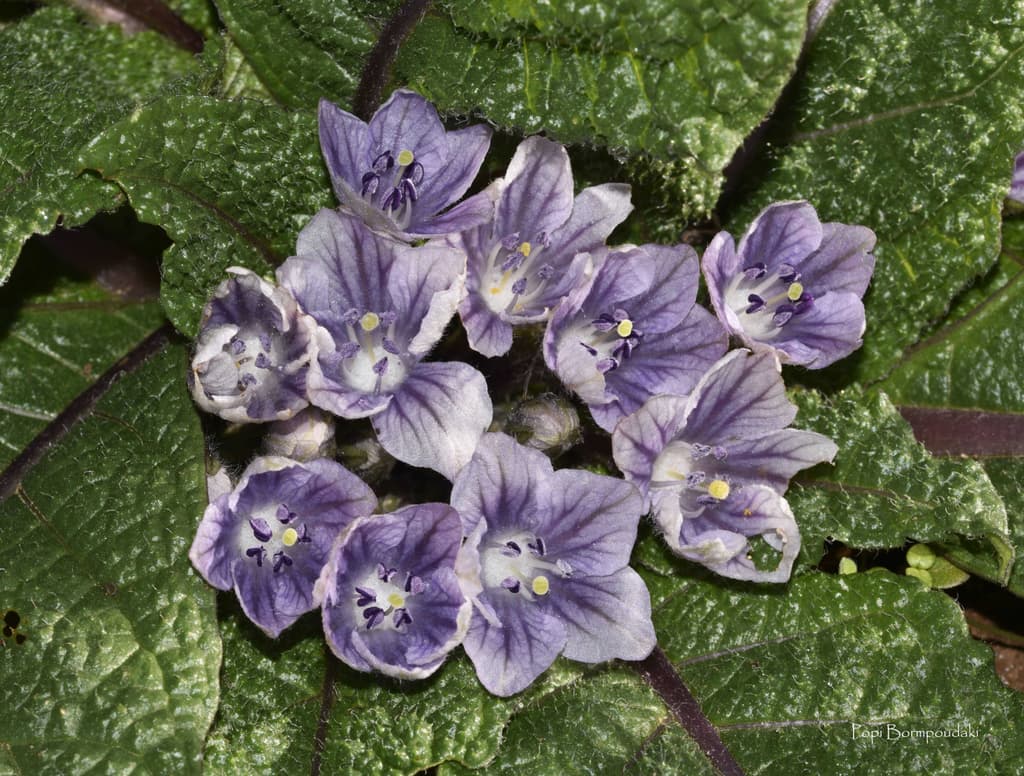
Mandrake
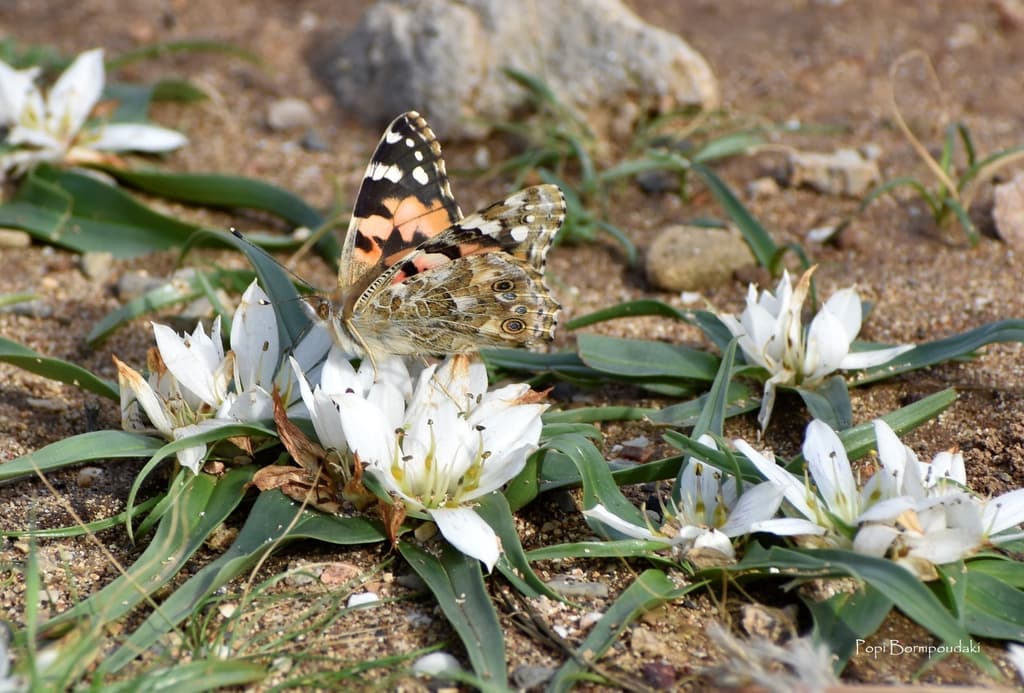
Androcymbium Rechingeri
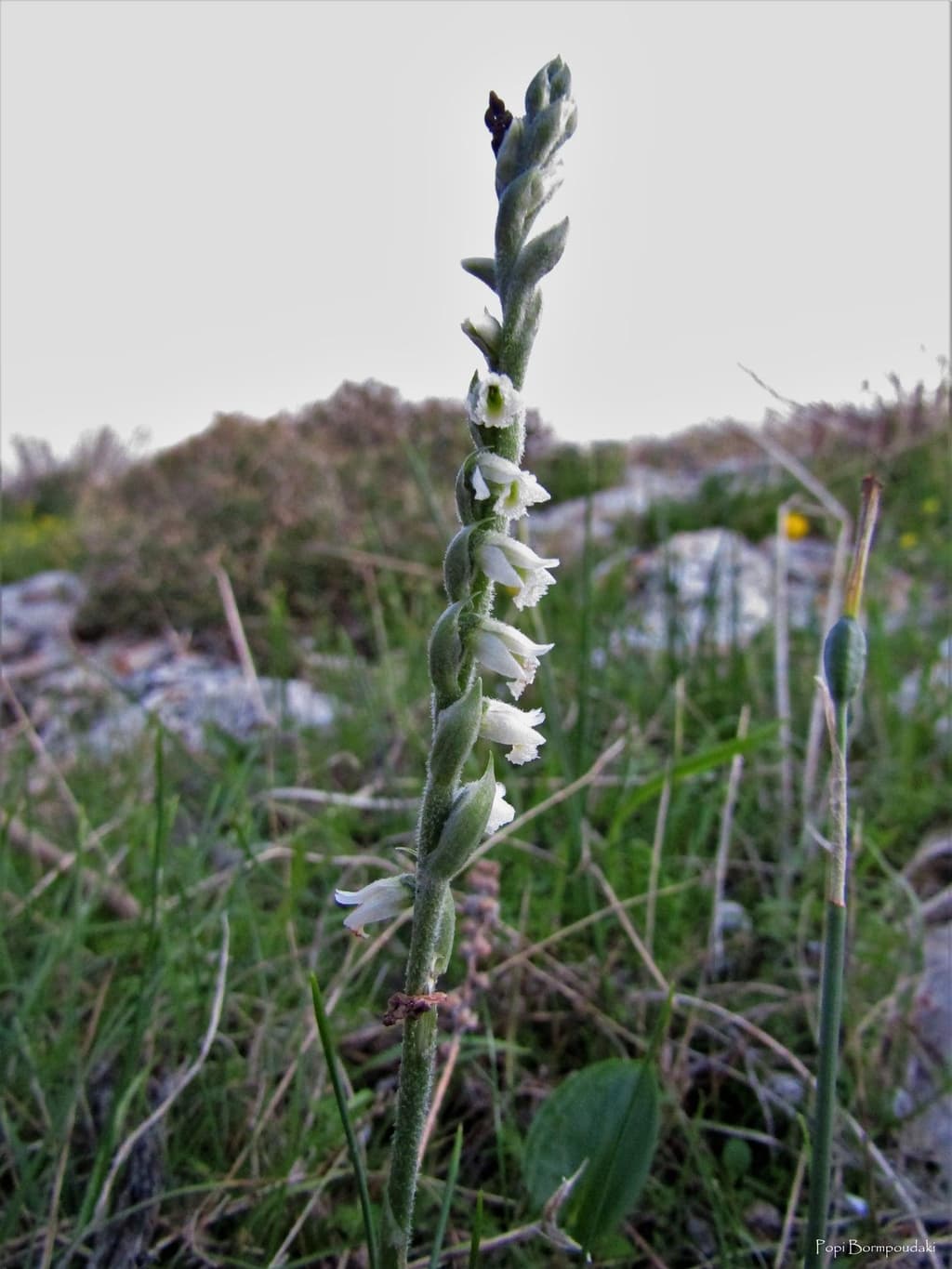
Autumn Lady's-tresses
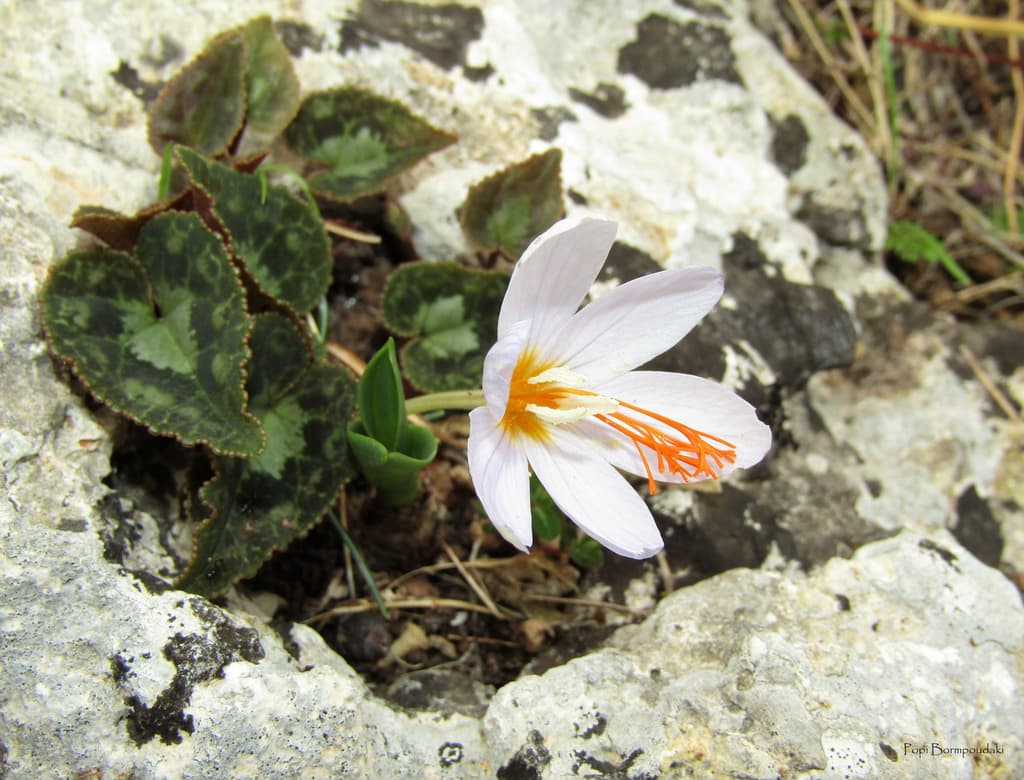
Tournefort Crocus
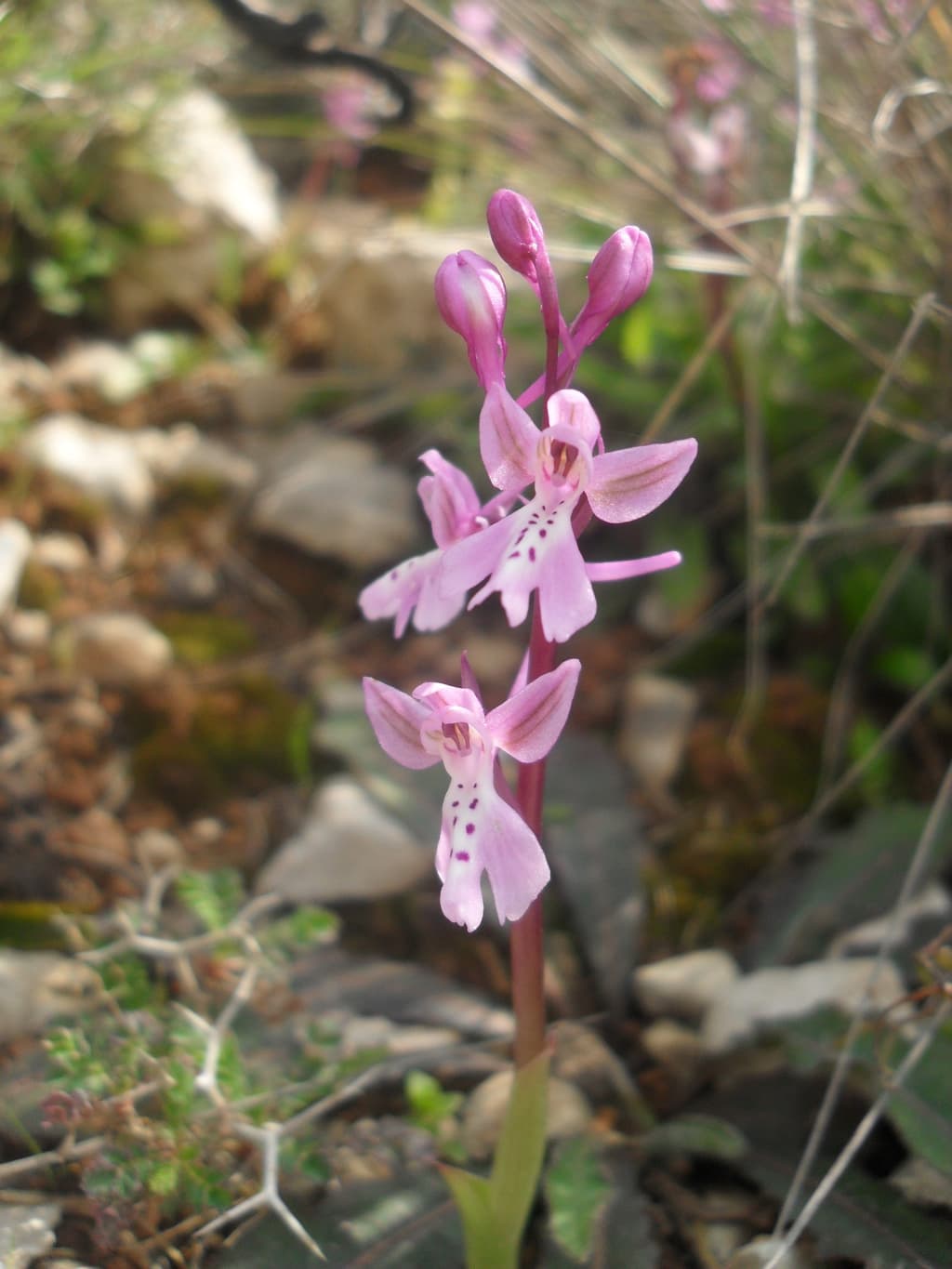
Orchis Sitiaca

Ancient Olive Tree in Kouroutes
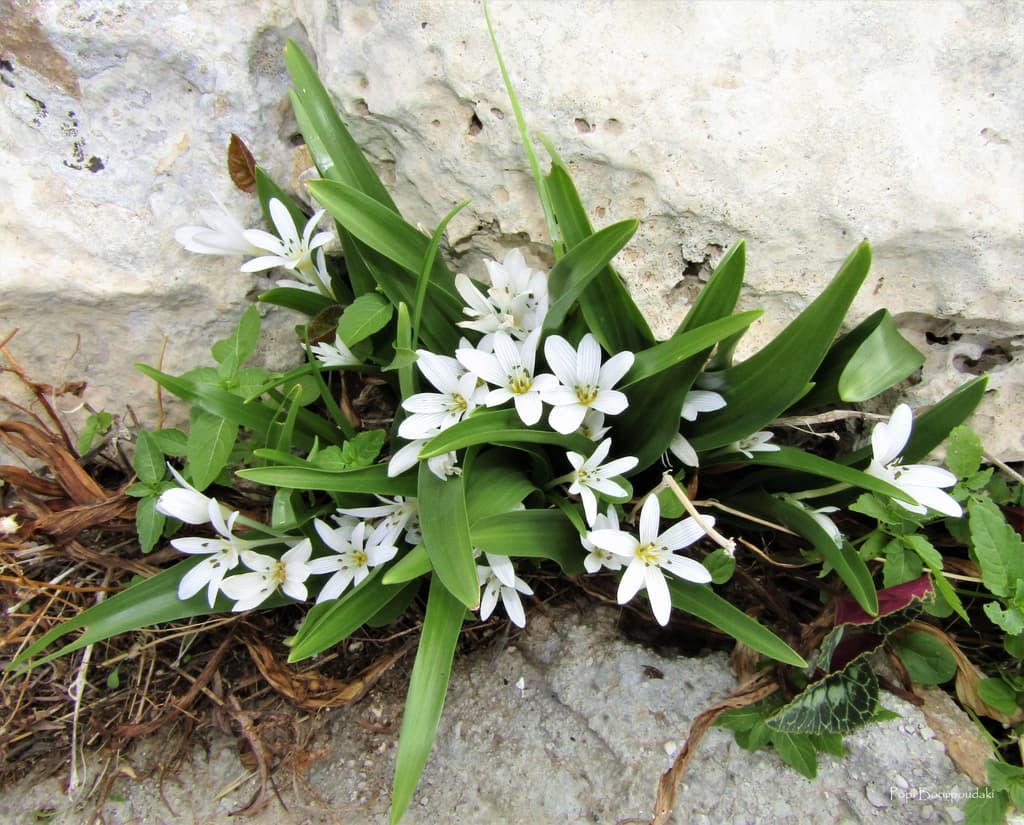
Mediterranean Meadow Saffron


